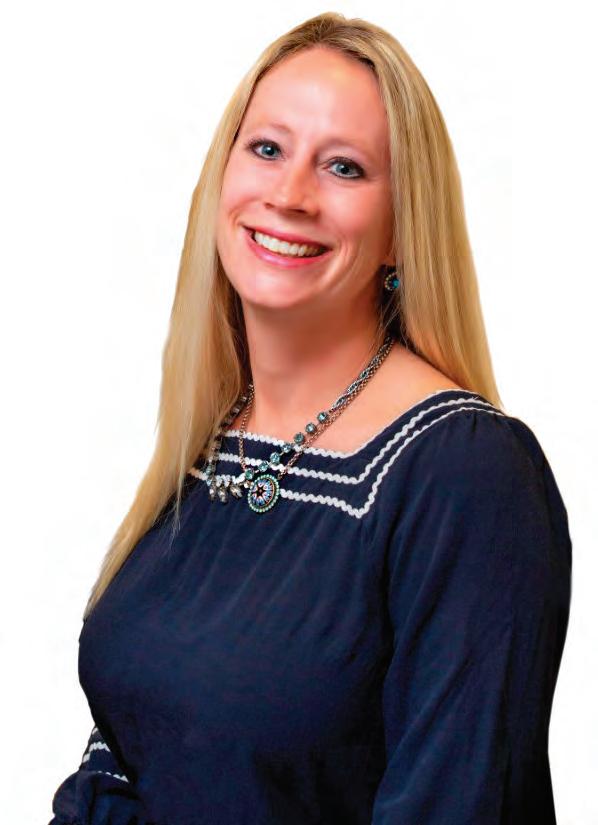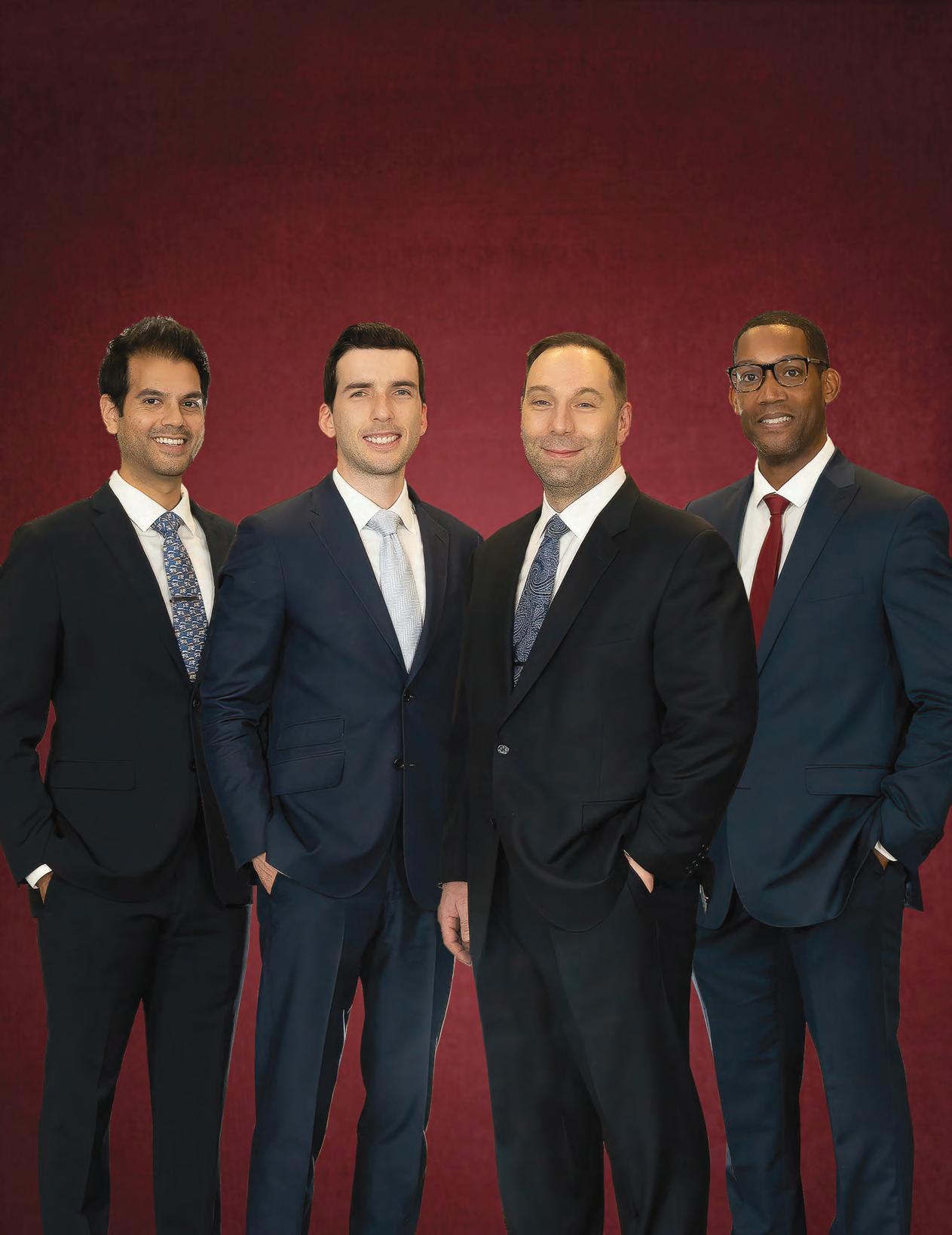

Orthopedic Institute of North Texas
A full-service orthopedic surgery practice
Experienced DWI Defense THE LAWYER LAWYERS CALL

Deandra M. Grant
JD, GC, MS

Attorney Deandra M. Grant is the Managing Partner of Deandra Grant Law’s five offices. She is an international speaker on DWI law, science and trial skills. As the author of the annually updated Texas DWI Manual, she is viewed by her peers as being a leader in her field. Deandra understands the science behind alcohol absorption and elimination rates and can use this knowledge to competently defend you.
Deandra formerly was an assistant district attorney. Her tenure as a prosecutor focused on DWI prosecutions which has given her firsthand knowledge on how to counter the prosecutor’s evidence and strategy. Deandra has spent hundreds of hours in training courses and programs related to DWI defense and has completed the certification course to administer standard field sobriety testing (SFST), the same training course taught to police officers nationwide on how to identify drunk drivers during traffic stops. As a certified SFST Instructor, Deandra has taught the course to other attorneys. She’s also completed the coursework on DWI forensic blood and urine testing.


GRANT DEANDRA
“I have a masters degree in pharmaceutical science and a graduate certificate in forensic toxicology. I am able to take apart evidence in ways a lot of other attorneys are not able to do. The most important part of my job is being the barrier between the government and my client. Standing between them. Making sure their rights are protected.”
–DEANDRA GRANT
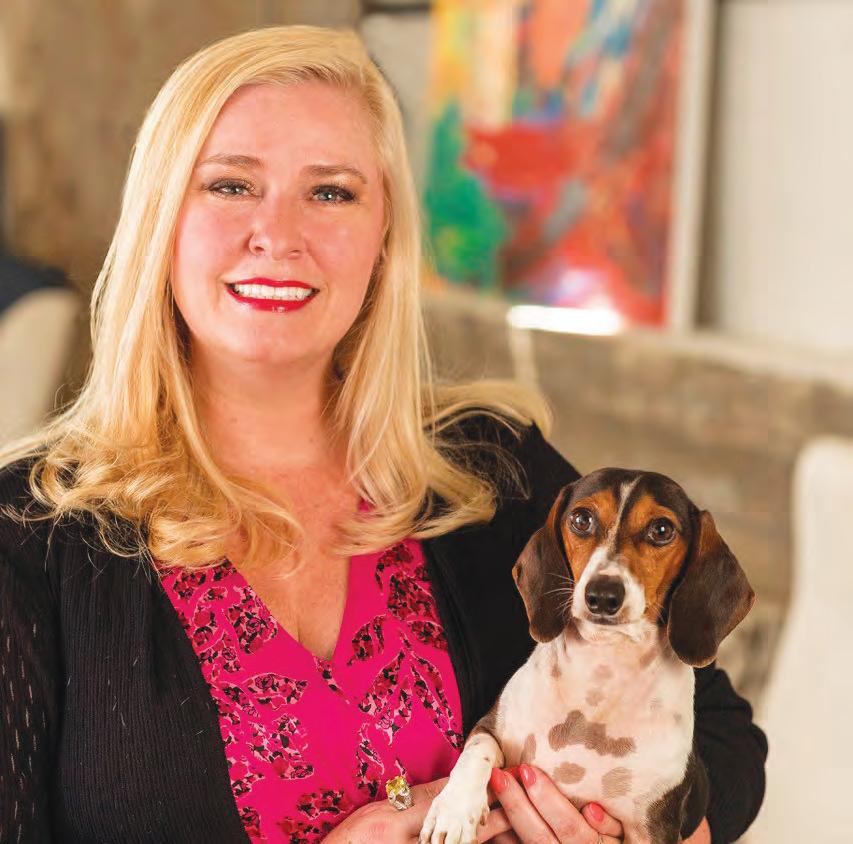



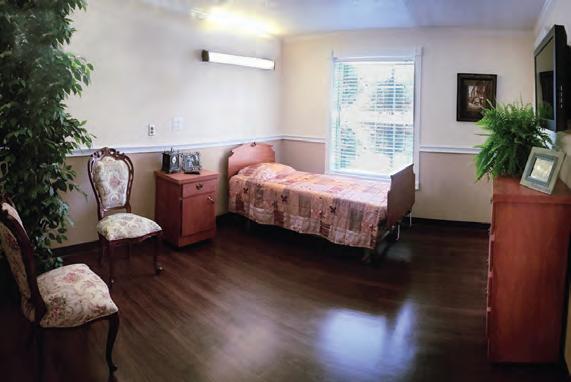






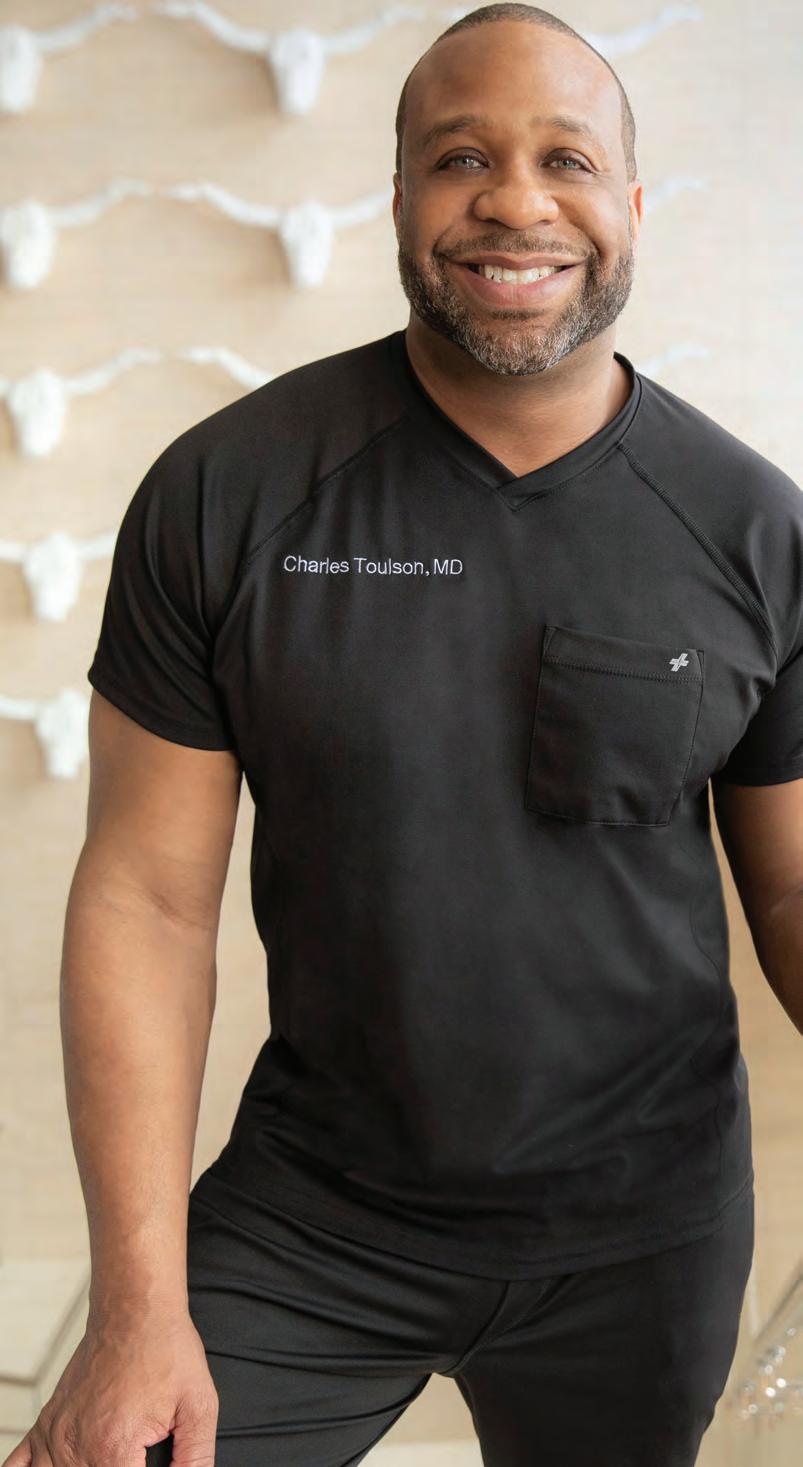


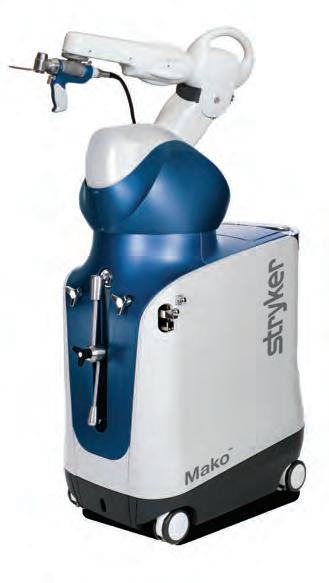
FROM THE PUBLISHER
TOP GUN
Justin Michael Kane, MD, has always been drawn toward helping people. A top board-certified foot and ankle surgeon, as a young boy he envisioned himself as a doctor, saving lives. He’s doing just that at the Orthopedic Institute of North Texas, a singular medical practice that he created to ensure exception patient care is the priority. Read about his revolutionary approach to medicine in this issue on page 8.
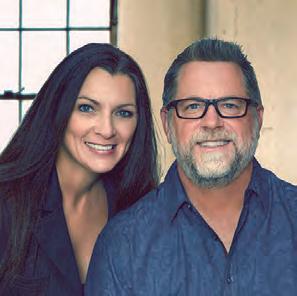
Living Well
JULY/AUGUST 2022
PRESIDENT & CEO SAM HOUSTON
VICE PRESIDENT & CFO
SPRING HOUSTON
EDITOR, FEATURE WRITER & SOCIAL MEDIA SONDRA BARR
ART DIRECTOR
VANESSA FRYER
ACCOUNTS MANAGER JENNIFER BEAVERS
WEBSITE LYDIA ROGERS
ADVERTISING & SALES
Speaking of being on top, Tom Cruise is back in that position with the release of his latest film. Top Gun: Maverick raked in a record-breaking $157 million its opening weekend and continues to lure people into theaters with high-intensity aerial footage, nostalgia, and the reemergence of Pete ‘Maverick’ Mitchell (aka Tom Cruise, in full beefcake glory). Enjoy the flyby on his career highs and lows on page 24.
Next up is a laughing matter. Seriously! Turns out, laughter may really be the best medicine. We explore the scientific research that backs up the positive effects a good laugh can have on your physical, mental, and emotional health. Laughing is so beneficial to health that laughter therapy has even become an alternative approach to treating depression, stress, and other mood disorders. Learn more laughter and its effects on page 40.
Of course, cancer is no laughing matter. Yet, there is some updated news on breast cancer risks, symptoms, and new revelations on early detection. If you’re at risk of breast cancer, don’t miss the article on page 30.
Be well!

TEXAS: Denton County, Dallas County, Collin County
TEXAS & OKLAHOMA: Texoma Area
WRITE TO US:
Tell us who you would like to see featured on the cover, or what subjects you would like covered in upcoming editions of LIVING WELL MAGAZINE at info@livingwellmag.com
SUBSCRIPTIONS & CUSTOMER INQUIRIES
Houstons of Dallas Publishing, Inc. 102 E. Broadway, #901 Prosper, TX 75078
www.LivingWellmag.com Phone: (214) 507-1000 Fax: (855) 248-2132
LIVING WELL MAGAZINE is a source for quality educational articles on living a healthy, vibrant life. Our focus is on connecting our readers with the latest information on a host of topics relevant to their evolving life. From cutting edge medical news and procedures to top-tier financial, legal and lifestyle information. Connecting readers to leading medical and business professionals in their community in Texas and Oklahoma.
of the goods or services advertised herein. We hereby expressly disclaim any liability with respect to information or goods and services contained herein. We further disclaim any and all warranties or representations, express or implied, with respect to such information, goods or services, including any warranty of merchantability or fitness for a particular purpose (it
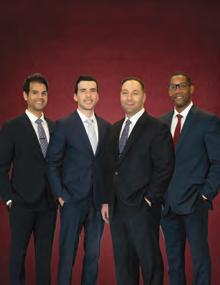
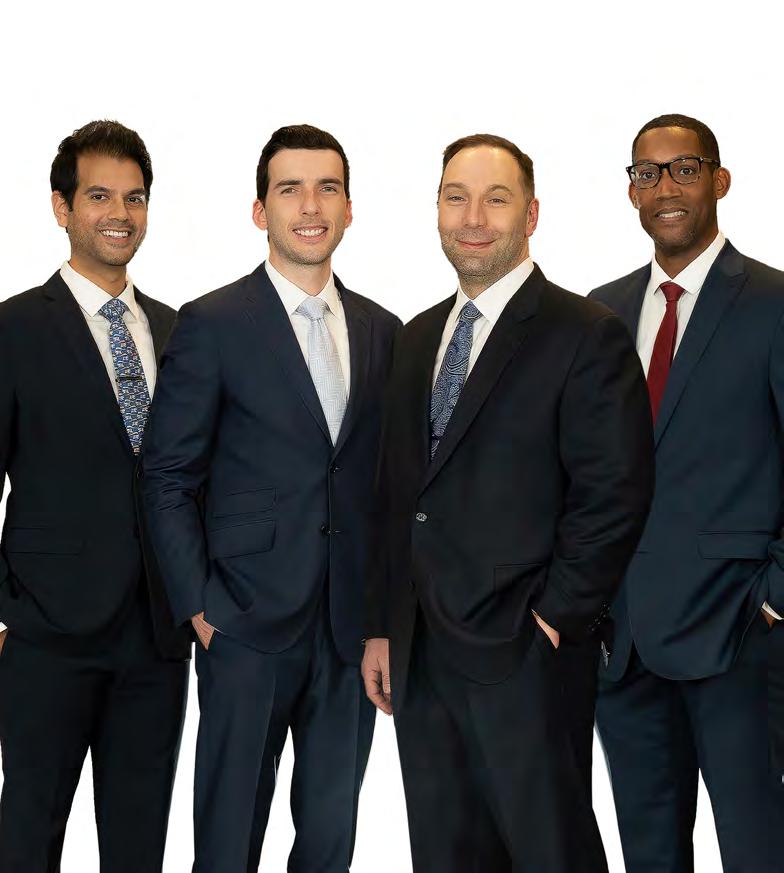


An expansion project centered around you.


Introducing The Center for Women at Texas Health Denton. Our new expansion is built for the future of Denton. The Center for Women is an all-new 215,000square-foot space that offers expanded services — including 12 labor and delivery rooms, 29 postpartum and antepartum beds and two dedicated suites for C-sections. Designed with mothers, babies and families in mind, the new center provides a beautiful, modern space for the compassionate care you expect from Texas Health. This addition also includes a new breast center as well as, physical therapy and cardiac rehab facilities.
Introducing The Center for Women at Texas Health Denton. Our new expansion is built for the future of Denton. The Center for Women is an all-new 215,000square-foot space that offers expanded services — including 12 labor and delivery rooms, 29 postpartum and antepartum beds and two dedicated suites for C-sections. Designed with mothers, babies and families in mind, the new center provides a beautiful, modern space for the compassionate care you expect from Texas Health. This addition also includes a new breast center as well as, physical therapy and cardiac rehab facilities.
Learn more at TexasHealth.org/DentonExpansion
Learn more at TexasHealth.org/DentonExpansion
Stephen P. Courtney, MD
Fellowship-Trained Orthopedic Spine Surgeon
Over 26 Years of Experience
Dr. Courtney is a board-certified orthopedic spine surgeon located in Plano, Texas. A Louisiana native, he attended Louisiana State University for medical school, and completed residency at Texas A&M followed by a fellowship at the Florida Neck and Back Institute.
SPECIALTIES:
• Back Pain
• Neck Pain
• Spine Pain
• Disc Replacement
• Microdiscectomy
• Spinal Fusion
• Minimally Invasive Surgery
• Steroid Injections
• Physical Therapy
“I believe in treating each of my patients with honesty, dignity, and respect. My patients come away from our shared interactions feeling confident, assured that they are truly in the best hands. Throughout my career, I have remained laser-focused on providing world-class care and innovation to the patients I treat on a daily basis. I look forward to getting to know you!”
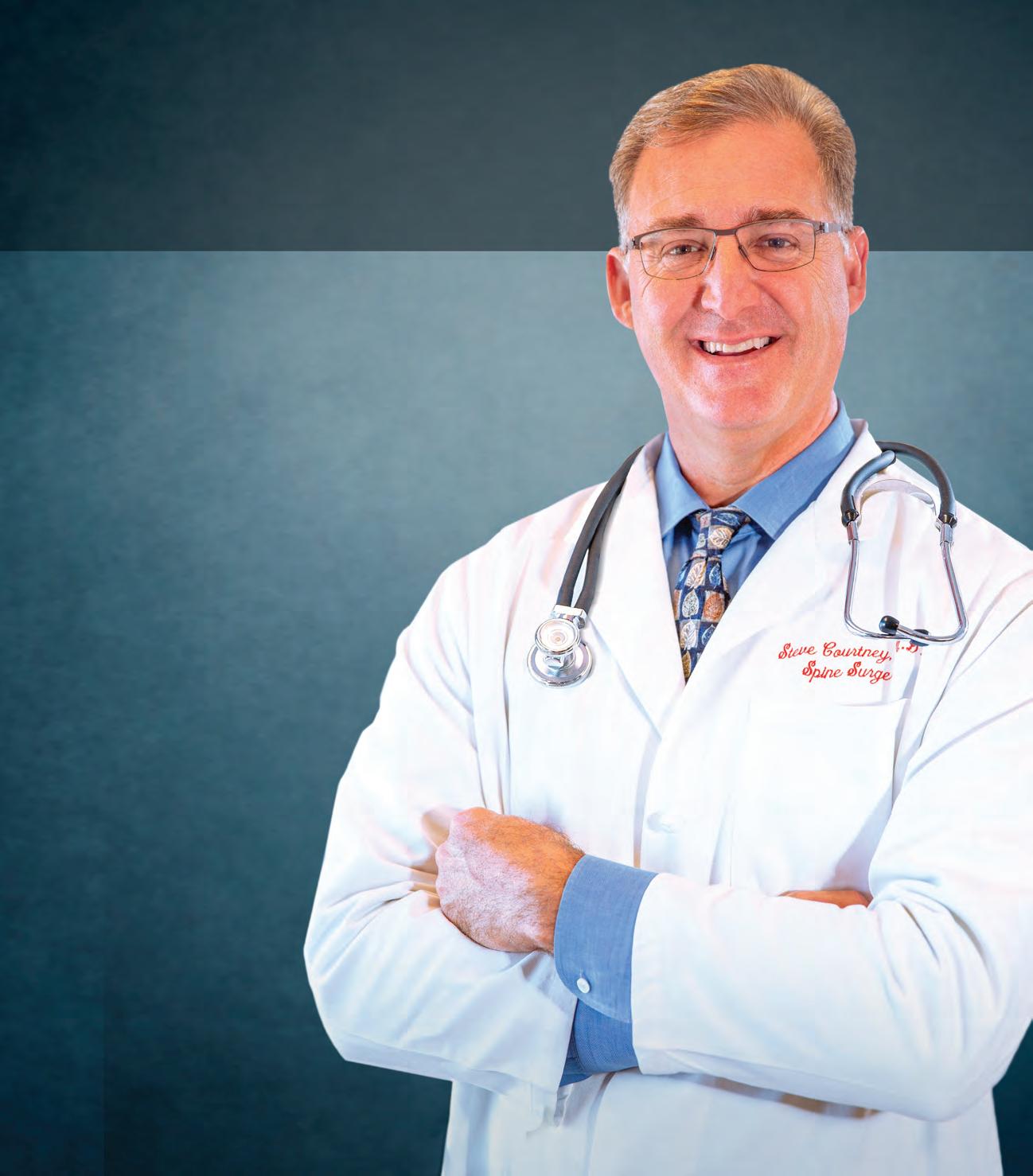




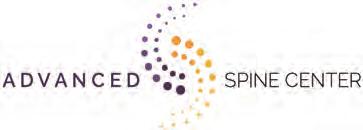
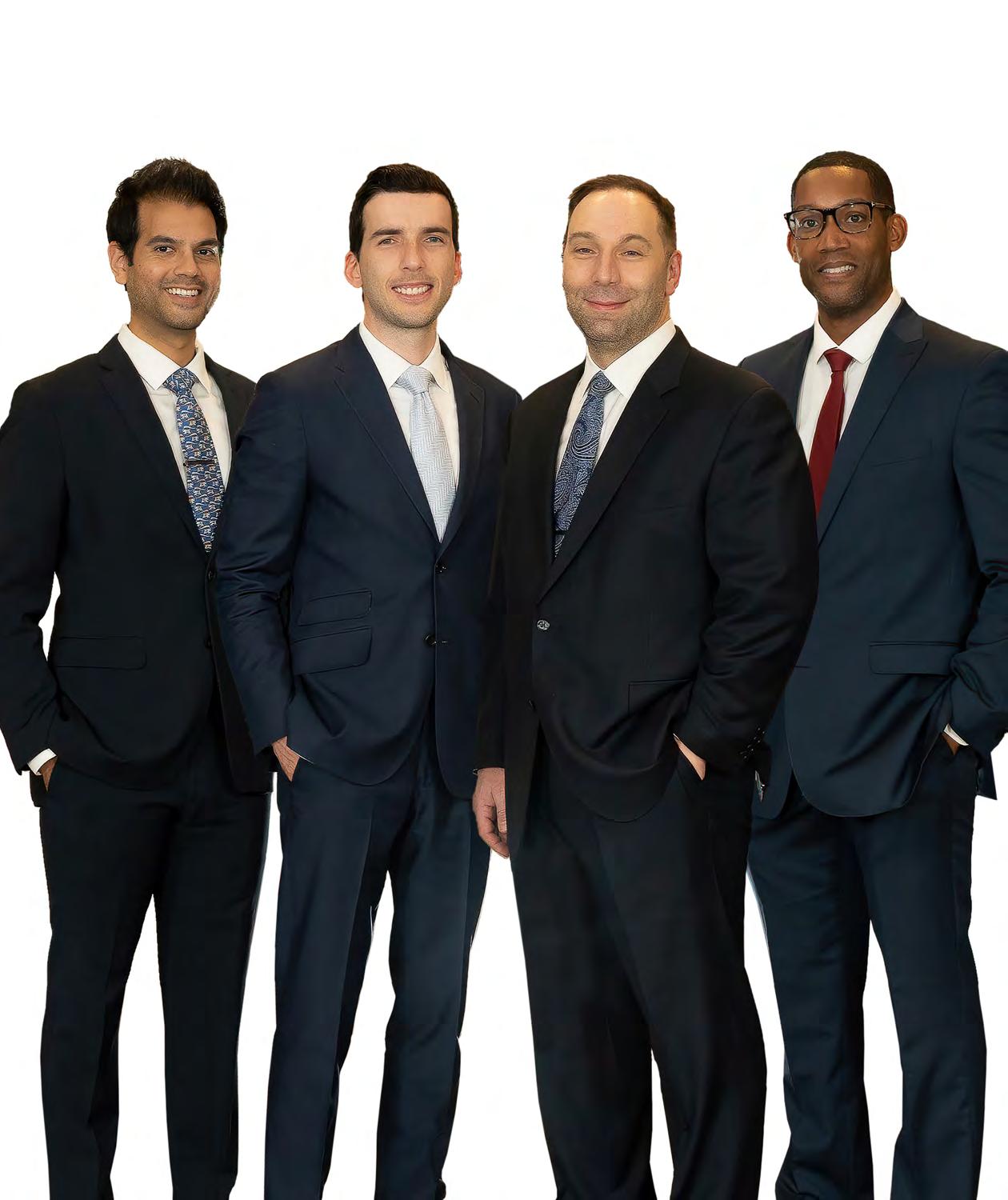
PATIENT CENTRIC
TAKING CARE OF PEOPLE IS ALL IN A LIFE’S WORK FOR ORTHOPEDIC SURGEON JUSTIN M. KANE.
BY SONDRA BARRJustin Michael Kane, MD, has always been drawn toward helping people. A renowned board certified foot and ankle surgeon, as a young boy he envisioned himself as a doctor, saving lives. He’s doing just that at the Orthopedic Institute of North Texas, a singular medical practice that he created to ensure exceptional patient care is the priority.
Dr. Kane’s desire to help those in need was cemented after completing his undergraduate degree at the highly regarded engineering college Rensselaer Polytechnic Institute.
Rather than go directly into medical school, he moved to Arizona to take care of his widowed grandmother. In addition to keeping an eye on her, he was working as an emergency room tech. It was in the ER where he witnessed a life-changing scene unfold that served as the catalyst for his lifetime pursuit of excellence in orthopedic surgery.
“An older woman came in with a dislocated hip. It was very much like out of a tv show,” explains Dr. Kane. “They called the orthopedic surgeon. It’s late at night and he comes striding in. He’s in his scrubs and has his beeper on. He sees the lady and literally jumps on her bed, straddles her, grabs her leg and pops her hip back in. Instantaneously, she was better. I had never seen anything like that before. At that moment, I knew I wanted to do that.”
“To be able to give someone instant relief and make them better was the quintessential definition to me of doctoring. There’s a problem, you fix it right then, and the patient is immediately better,” says Dr. Kane. “I didn’t know what kind of orthopedic surgeon, but I wanted to do surgery clearly. I wanted to make people feel better like I saw that doctor in Arizona do.”
With his board exams about to expire, he persuaded his grandmother to pack up and move back east. There, he was able to keep an eye on her while attending medical school at Thomas Jefferson University in Philadelphia, Pennsylvania, where he worked alongside some of the most influential orthopedic surgeons in the country.
Dr. Kane went on to complete an internship at Temple University Hospital before returning to Thomas Jefferson University Hospital to finish his orthopedic surgery residency with the world class
surgeons at the most highly sought-after program with The Rothman Institute. The next step was completing a fellowship in foot and ankle surgery at Baylor University Medical Center at Dallas.
“I had a wonderful mentor who was a foot and ankle surgeon,” explains Dr. Kane of his decision to specialize in that area. “People always think feet are stinky or you’re doing toenails, but this doctor really brought home a lot of the engineering principles that go into what I learned in college.”
Dr. Kane is fascinated by the foot’s adherence to the same principles as ancient Roman architecture that has remained standing for thousands of years without mortar.
“The foot is built in the same exact way. In the mid foot, there’s a structure called the Roman arch, where one of the bones is shaped like a wedge and the top of the arch is called a keystone. The keystone is a wedge shaped stone that holds the entire thing together.”
In the same vein, Dr. Kane attributes strong mentorship from exceptional surgeons as a keystone to his success. And, as it turns out, when Dr. Kane arrived in Texas to complete his fellowship, it was one of his mentors that he joined at Orthopedic Associates of Dallas, a Baylor group.
“I was an associate professor with Texas A&M University. I was working for Baylor. I was training residents, training fellows,” says Dr. Kane, who found himself at a crossroads as his contract with Baylor was expiring.
“The days of being a big hospital downtown and having people drive in to see you from all over is not what people want any more. People want to be able to get their subspecialty, fellowship-trained care from experts in their particular field in their backyard,” says Dr. Kane.
Knowing there was a better, more holistic way of providing care to the community, he set out to create a practice that does just that.
Through hard work and perseverance, along with the guidance of a lawyer, key community stalwarts, and his office manager, Dr. Kane started the Orthopedic Institute of North Texas (OINT).
“If you know what you want to do and you can stay laser focused on the goal and what you’re trying to achieve, anything is possible,” exclaims Dr. Kane.
If you know what you want to do and you can stay laser focused on the goal and what you’re trying to achieve, anything is possible.

I just want to help people. That is
He’s built the preferred full-service orthopedic surgery practice in Texas with the flagship office in Frisco and a new location in Flower Mound will be open this summer. He’s done so by adhering to the values outlined in the OINT acronym:
OUTSTANDING PERFORMANCE: We deliver outstanding clinical and operational performance in everything we do.
INTEGRITY: We treat each other and our patients honorably, truthfully, and respectfully.
NEIGHBORLY ATTITUDE: We take an active role in supporting our local communities, our neighborly attitude transcends throughout the communities we serve.
TEAMWORK: We work collaboratively to ensure great patient experiences and outcomes.
“I just want to help people. That is the philosophy that I’ve instilled in my younger doctors,” says Dr. Kane, who’s intricately involved in not only taking care of patients. “I run this practice. I’m involved in every interview and every hiring decision. I sit in on every staff meeting because I want the team to know that I’m invested in them as a staff and that my expectation of them is that we, as a group, are invested in the patients.”
Dr. Kane handpicked the three exceptional doctors on his staff, including hip and knee orthopedic surgeon Florian Dibra, MD; hand, wrist, shoulder, and elbow orthopedic surgeon Vikas Patel, MD; and foot and ankle orthopedic surgeon Leroy Butler, DO.
“We are partners. There’s no other practice I know in this area where you care about your partners’ success. To make them successful means that you’re successful because you’re doing your job of taking care of people,” says Dr. Kane.
From minimally invasive bunion surgery that allows patients to walk out of the hospital the same day to 3D printing for non-reconstructable issues with the feet and ankles that eliminates amputation, the OINT team utilizes cutting edge technology for exceptional outcomes that eliminate pain and save lives.
“I’m a foot and ankle surgeon and I save people’s lives. The stakes are very high at what we do,” points out Dr. Kane. “If there’s a complication with limb salvage, the patient could potentially die.”
About a third of people who have their legs cut off from a diabetes-related complication will be dead in three years and more than 50% of diabetics who have their legs cut off will be dead in five years, so avoiding amputation is paramount.
With patient care always top of mind, Dr. Kane provides every patient his personal cell phone number. “What sense does it make for the patient to have to jump through hoops to get a hold of their doctor, but equally what sense does it make for the doctor to have to talk to three or four people before they talk to their patient.”
The welcoming OINT environment encourages communication and trust between doctors, staff, and patients. They speak in terms that patients understand. “It’s a very ancient sacred bond that a patient and a doctor have,” says Dr. Kane, who makes it a priority to sit down with every patient and discuss the steps of their medical treatment.
This laser focus on patient care extends to Dr. Kane’s philanthropic work. Prior to COVID, he made regular trips to perform surgery in Vietnam and the Dominican Republic for those less fortunate. He’s also applied to travel to the Ukraine to perform surgery on war victims. His reasoning is simple: “I’ll do everything I can to help as many people as I can and give back in places where patients can wait weeks, sometimes months to get care.”
While a lot of his efforts are devoted to making sure the community gets the care it needs, Dr. Kane and his wife enjoy their life together in Texas. He’s also contemplating training for the New York City Marathon and makes staying active a priority.
“You can’t take care of patients if you’re not taking care of yourself,” he says. “You have to be a good steward of what medicine embodies and you have to be a good role model. How can I go into a patient’s room and approach a conversation about body mass index if I myself am not physically fit?”
To learn more about the Dr. Kane and his exceptional team, visit oint.org.
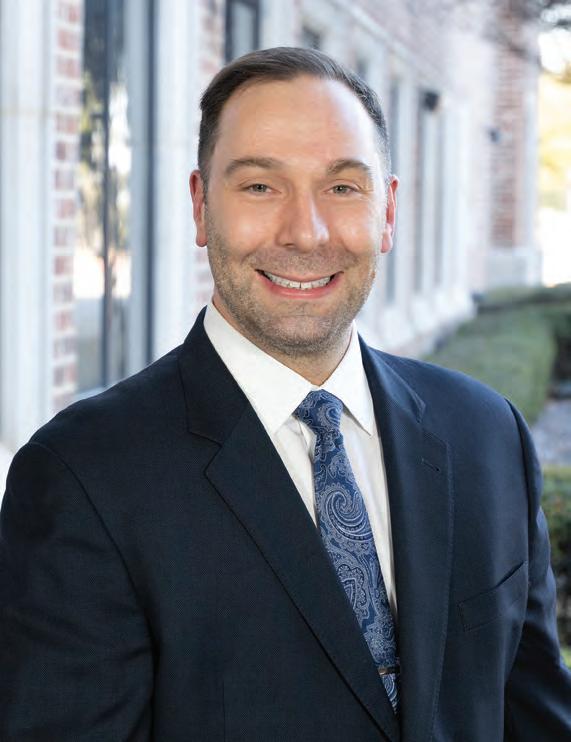
JUSTIN M. KANE, MD
Foot & Ankle Orthopedic Surgeon

VIKAS PATEL, MD
Hand & Wrist | Shoulder & Elbow Orthopedic Surgeon
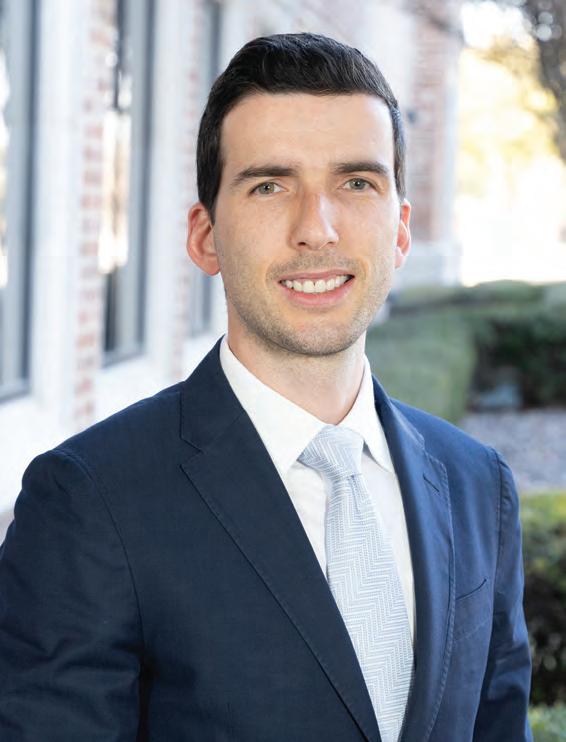
FLORIAN DIBRA, MD
Hip & Knee Orthopedic Surgeon

LEROY BUTLER, DO
Foot & Ankle Orthopedic Surgeon

STAND OUT WITH THE EMINENT CHOICE IN HEALTHCARE

Pain Management • Sports Medicine • General Surgery • Spine Surgery
Orthopedic Surgery • Neurosurgery • Minimally Invasive Spine Surgery
Total Joint Surgery • Foot & Ankle Surgery • Hand Surgery
Gynecological Surgery • Plastic Surgery



ROBOTIC TECHNOLOGY
Orthopedic




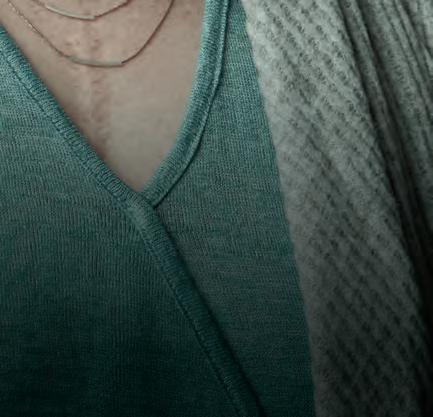







Southwest Foot & Ankle Center is a respected group of board certified foot and ankle surgeons. They are fellow trained surgeons, and board certified in wound care and reconstructive surgery. All physicians have also completed an intense residency and fellowship in the area of limb salvage, and foot and ankle surgery. The team at Southwest Foot & Ankle Center strive to make each patient’s experience personable. Our outcomes are of perfection and meticulous in surgery. As a result, patients from all over the country seek to be treated by DFW Wound Care Center.


Foot and Ankle Surgery
Bunion and Hammer Toe Correction
MIS—Minimally Invasive Surgery
Heel Pain (Plantar Fasciitis)
Stem Cell Therapy
Neuropathy
Ingrown Toenails Tarsal Tunnel Syndrome Diabetic Foot Care Flat Feet Trauma Wound Care
Custom Orthotics & Braces
Laser Therapy for Pain, Swelling, Arthritis, and Wounds
PLANO CLINIC 5804 Coit Rd., Ste. 100 Plano, TX 75023
LEWISVILLE CLINIC 502 N. Valley Pkwy., #2 Lewisville, TX 750067
CLINIC 714 N. Hampton Rd. De Soto, TX 75115

Before, During, and After Cataract Surgery
Courtesy KEY-WHITMAN EYE CENTER
If cataract surgery has been recommended for your eyes, you are not alone. Truth is, we will all develop cataracts, reducing our quality of vision, as we age. Gratefully, cataract surgery procedures have become more advanced and is safe, painless and effective.
If you are thinking about having cataract surgery, you most likely have a lot of questions regarding when you should have it done, what you can expect, and how to prepare for surgery. Read on to see some helpful tips from Dr. Whitman at Key-Whitman.
What Are The Common Symptoms Of Cataracts?
The complaint we hear most from cataract patients is difficulties with their night vision. They begin to experience a lot of glare, halos and starburst symptoms, especially when driving. We also hear complaints of a haze or fog obstructing their vision and they’ll notice their vision gets blurrier over time.
How Do I Prepare For Cataract Surgery?
Before your procedure, our patients undergo a preoperative exam to gather measurements to determine the level of correction needed and review the types of intraocular lens options available. We will also schedule a visit to listen to your heart and lungs as well as review prior anesthesia and surgeries, medical history and medications to ensure they’re physically healthy enough to have cataract surgery.
Key-Whitman also has counselors who will walk our patients through the process, review insurance coverage and make sure the lens option the patient selects best meets their goals. If there is an eye drop protocol associate with their surgery, the counselor will also go through the drop sequence involved—antibiotics and non-steroidal anti-inflammatories—well in advance of the procedure.
Be sure to have a friend or family member to accompany you to surgery, as you won’t be allowed to drive yourself home due to the twilight sedation.
How Do I Know It’s Time To Have Cataract Surgery?
When your cataracts have worsened to the point where they prevent
you from performing day-to-day tasks and interfere with your quality of life, it is time to consider cataract surgery.
Cataracts worsen gradually, and we start to make a lot of accommodations for our vision as we get older. Essentially, we assume how well we see is normal. But if it gets to the point where you’re afraid to drive at night, can’t see well enough to safely take your medication or do household chores, and feel a loss of independence due to failing vision, cataract surgery can allow you to enjoy life again.
What Misconceptions Do People Have About Cataract Surgery?
In the past, cataract surgery was quite invasive, there were fewer lens options, and healing took much longer. This isn’t the case today. The biggest misconceptions people have is that the procedure is painful and complicated. That couldn’t be farther from the truth today.
What Can I Expect Following Cataract Surgery?
Following your surgery, your surgeon will review the procedure with you and answer any questions you may have at that time. Typically, patients leave with a protective eye patch, which will be removed at their follow-up visit the next day. Subsequent follow-up examinations will be scheduled approximately every two weeks until the eye is healed.
Healing post-surgery is also easier for most cataract patients today. “Key-Whitman uses the most advanced technology available, so healing occurs more quickly and with fewer complications. Even better, once the eyes have healed and adjusted, most patients are surprised by the improvement in their vision. They can see clearly again and notice how colors are much more vibrant than before with cataracts. Depending on the type of intraocular lenses patients choose, many become less dependent on glasses,” Dr. Whitman says.
You should also be aware that the surgeon won’t operate on both eyes during the same visit. Surgeries are typically scheduled one to two weeks apart. This allows plenty of time for the first eye to heal and the patient to realize the full extent of correction in that eye.

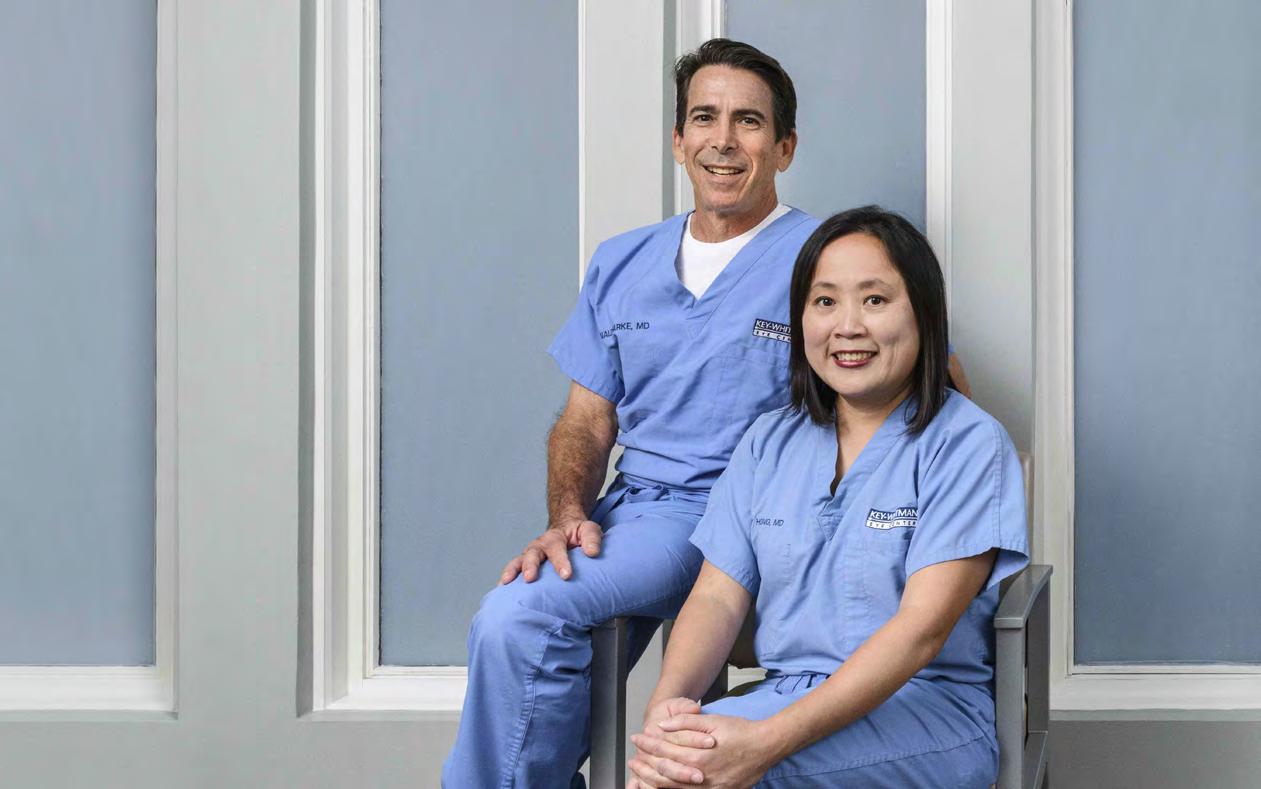
Chian-Huey (Amy) Hong MD
The ophthalmic staff member of Key-Whitman, Amy Hong, is proficient in all aspects of general ophthalmology. While she is able to perform various ophthalmology procedures, Dr. Hong focuses her practice on cataract and refractive surgery. She medically manages glaucoma, offering treatments such as MIGS (minimally invasive glaucoma devices) and laser therapy. Additionally, she treats conditions such as dry eye, monitors for diabetic eye disease and other conditions that affect her adult patients.
Prior to joining Key-Whitman Eye Center, Dr. Hong attended Columbia University graduating with a double major earning her Bachelor of Arts in Pre-Med and Economics. She went on to obtain her medical degree from the University of Texas in Dallas. Shortly after, Dr. Hong completed a glaucoma fellowship and her residency at Tulane School of Medicine in New Orleans.
Ronald M. Barke, MD
Dr. Barke was born and raised in Los Angeles, California and has been in practice in Arlington since 1995. He completed his training at the UT/Southwestern Medical Center in Dallas where he presently is a clinical assistant professor and teaches in the resident training program. He is a dedicated surgeon specializing in cataract and refractive surgery and is certified by the American Board of Ophthalmology.
Dr. Barke has performed thousands of cataract and refractive surgery procedures and presently performs the “state-of-the-art” no stitch cataract surgery. He also offers the toric IOL implant for astigmatism and multifocal IOL implants for patients who desire to reduce their dependency on reading glasses after cataract surgery.

• Comprehensive Adult Eye Care
• Light Adjustable Lens, Synergy™, Symfony®, PanOptix, Vivity®, EVO Visian ICL™ and the Toric IOL
• Management of Glaucoma & Corneal Disease
• Eyelid Surgery & Botox®
• Laser Vision Correction
Give us a call today 817-460-2272 or Toll-Free 800-442-5330 www.keywhitman.com
Convenient locations to serve you in Dallas, Plano, Richardson, Mesquite, Frisco, Arlington, Rockwall and North Fort Worth.
Follow us on (username: keywhitman)


Dear Olivia,
There are many emotions that come along with deciding to put a family member on hospice, and then even more at a loved one’s passing. We have had a few family members who were on hospice in their final days, and we are not sure what resources are available to families such as ours. We would like information about resources that are available to cope with these difficult times.
-Living with Loss
Dear Living with Loss, The grief and loss experience is unique for each individual impacted by someone’s passing away, but no one should go through the grief process alone. At the Visiting Nurse Association, we have licensed social workers, chaplains, and counselors available to help families navigate the grief and loss process. We have a quarterly bereavement
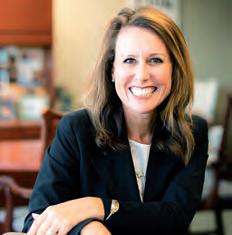
newsletter called Sharing the Journey, as well as other resource information on our website (see QR code). Our bereavement coordinators help families process the changes that come with loss, and they can offer additional community support resources as well, which are also listed on the VNA website, vnatexas.org. Please reach out and let us know if we can help during these challenging times.
Coping with change and loss





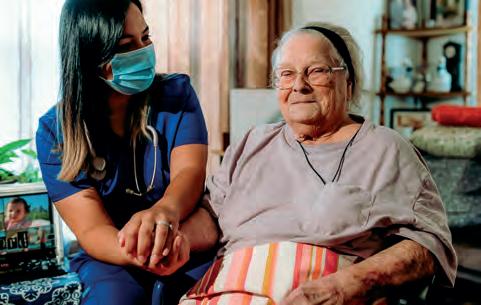
Summer Boredom Turned Into “Good Times”
By GEORGIA SMITH-LYLE, MA Licensed Professional Counselor-SupervisorWhen my three children were young, I would think about the upcoming summer and what activities we could do. Thoughts like, “How do I prevent them from being bored?”
The truth is summer boredom is not all bad! Psychologically, if a child is not bored and always given activities, they may never know their likes and dislikes. Children need to experience a bit of boredom to venture out and realize what is enjoyable to them. Being entertained all summer could be wasting their creativity and exploration. Entertaining them constantly will also cause parents to burn out before the summer is over. Parents or caregivers should provide options for children to choose from. It is also healthy for children to have balance in their activities where they are not constant “fun” consumers, but are also building responsibility in doing chores, with rewards, and volunteering to help others.
Summer is an opportunity to reconnect with family through “family night.” This night can be playing games, eating out, movies, park activities, bike rides, or walks together. View summer as a perfect opportunity to reconnect and grow together, making memories of a lifetime. Family vacations always give place to new and enjoyable fun as well as enjoying home activities. Balance between giving back to others through volunteer work, family time together, individual activities, part-time work for adolescents, and quiet moments can turn summer boredom into “good times.” Here are a few ideas:
Younger Children
Younger children need structure, but they also need creative, spontaneous free time. Consider making a cre-
ative play area consisting of painting, indoor sand tray, puzzles, chalkboard, etc.
Chore chart with rewards for chores accomplished during the week. Simple rewards work great: coins for piggy bank or dollar for a week’s work. Also, children love “a grab bag” where they pick something from the bag for the week.
Volunteer work for younger children (ages 7 to 11) may consist of helping a neighbor plant flowers, walking a neighbor’s dog, watering a neighbor’s plants, or helping another sibling with their chores (this helps build the idea of teamwork). Make a list of possible options and allow them to choose an option. Volunteer work fosters the unselfish idea of helping others and giving. It helps them become more “others” focused than “I” focused.
Older Children and Adolescents
Spending time with friends swimming, movies, and social media are the typical activities that most adolescents enjoy. It would be a great idea for you and your adolescent or young person to formulate some ideas that are not the typical fun things to do. Maybe this summer could be a summer to learn something new like playing a musical instrument, cooking, building a project together, painting, or drawing. Think beyond the norm and be creative, providing them with some healthy options to choose from.
Chores with rewards or a part-time job are a great opportunity for an adolescent to learn responsibility and dependability. Maybe you could cancel the lawn service for the summer and have your teenage son provide the service. It would be a great first job! Be sure to reward him!
Volunteer work for older children and adolescents is so important in developing a better understanding for the needs of others around us. It encourages the healthy idea of being unselfish and giving. A few community service organizations for a young person to volunteer at are:
• Local SPCA Animal Shelter
• Local YMCA to help with children’s camps and activities
• Local church camps as a children’s counselor
• City food pantry for the homeless
• Salvation Army
The above ideas are a place to begin. Remember balance between play, family time, chores, work, and volunteering can turn a bored summer into “good times” memories. Being creative in making your children’s summer a time to remember without you doing all the work and getting burned out is worth the effort of implementing new ideas with balance. I’m in private practice as a Licensed Professional Counselor in the state of Texas providing counseling for children, adolescents, adults, marriage, and family. I’m a public speaker and have authored two books. If you would like to connect with me, you may do so at 469-855-0256 or via email gpsmith7@aol.com. www.counselingbygeorgia.com.

Enjoy your life

We get you playing again!
When orthopedic pain slows you down and makes everyday movement a challenge, call the experts at Orthopedic Institute of North Texas in Frisco and, coming soon, Flower Mound. Our surgeons provide a comprehensive array of total joint solutions designed to resolve your pain.
Our approach is simple
Our patients are our top priority. We carefully review your options, explain your treatment, and the prospects for a return to full mobility. You will be fully informed at every step of your treatment.
Our experts are available 24/7
During diagnosis, treatment and recovery, any questions or concerns you have will be answered. We speak in terms you can understand, and discuss every step of your care to ensure you feel comfortable and confident with the recommended treatment plan.
Our promise to you
Using advanced, proven medical techniques, the surgeons at Orthopedic Institute of North Texas will return you to the freedom of mobility you enjoyed before.
Don’t spend one more day in pain. Call 972-591-6468 today and get playing again.
Vikas Patel, MD

Education:
Medical School:
The University of Texas Medical Branch at Galveston-Galveston TX
Residency:
Louisiana State University Health Science Center-New Orleans LA
Fellowship:
Shoulder and Elbow Reconstruction, KerlanJobe Institute-Los Angeles CA
Memberships:
• American Academy of Orthopedic Surgeons
• American Shoulder and Elbow Surgeons
Upper Extremity Orthopedic Surgeon
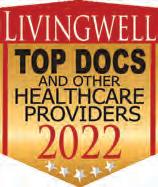
Dr. Patel specializes in shoulder and elbow issues along with wrist and hand surgery. He specializes in shoulder and elbow replacement, shoulder arthroscopy, carpel tunnel syndrome, and complex revision procedures of the upper extremity. He has numerous publications in medical journals and currently has several ongoing research projects. He has spoken nationally on a number of topics regarding upper extremity orthopedic conditions.
Dr. Patel’s family consists of his wife and two children. He enjoys traveling the globe and capturing the moment. When he is not working, he loves all outdoor activities and sports and enjoys the culinary arts.
• Texas Medical Association Frisco
Coming soon - Flower Mound
• www.oint.org
• 972-591-6468
DFW Wound Care Center is a group of wound care specialists in all of the DFW area. They are fellow trained surgeons, and board certified in wound care and reconstructive surgery. All physicians have also completed an intense residency and fellowship in the area of limb salvage, and foot and ankle surgery. When it comes to wound care and limb salvage, DFW Wound Care Center has the knowledge and experience to successfully treat your condition. As a result, patients from all over the country seek to be treated by DFW Wound Care Center.
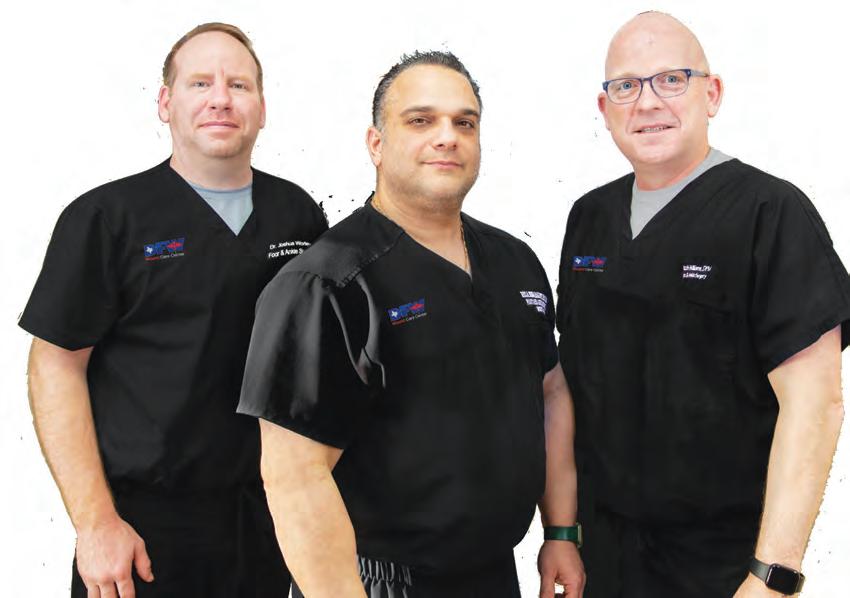
Whether caused by diabetes, infection or disease, any wound that will not heal can be very serious. If you are experiencing a wound or ulcer that will not properly heal, our wound care center can provide a range of expert treatment options best in each case. We offer non-surgical and surgical treatments for:
Diabetic Wounds & Ulcers
Arterial Ulcers
Infected Wounds
Open Wounds
Pressure Ulcers
Vascular Wounds
Acute Wounds
Non-Healing Wounds
Chronic Wounds
Surgical Wounds
Traumatic Wounds

dfwfootdoc
thedfwfootdoc

PLANO CLINIC
5804 Coit Road, Ste. 100 Plano, TX 75023
LEWISVILLE CLINIC
502 N. Valley Pkwy., #2 Lewisville, TX 75067
IRVING CLINIC
6161 N. State Hwy. 161, Ste. 320 Irving, TX 75038
DESOTO CLINIC
714 N. Hampton Rd. De Soto, TX 75115

When you need top quality parts and service, look to Plano Power Equipment.
To keep your equipment in top shape, you can count on Plano Power Equipment’s retail pats sales and servicing of Toro®, Echo®, Scag®, equipment using genuine manufacture parts.






MOW LIKE THE PROS!
Experience the residential zero-turn riding mower with commercial mower features.

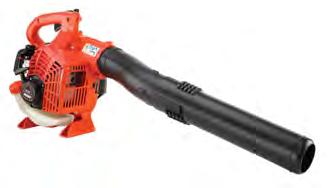





SET TO Cruise
THE WORLD’S BIGGEST ACTION HERO IS BACK WITH A NEED FOR SPEED.
• BY SONDRA BARR •Tom Cruise returns to top form as the world’s number one action hero. His latest film, Top Gun: Maverick, raked in a record-breaking $157 million its opening weekend and continues to lure people into theaters with high-intensity aerial footage, nostalgia, and the reemergence of Pete ‘Maverick’ Mitchell (aka Tom Cruise, in full beefcake glory).
A testament to his enduring movie magic, the popularity of the film is especially epic considering Cruise is pushing 60 and still committed to doing his own stunts—flying included.
“The P-51 Mustang you see in the movie is actually my plane, so I got to pilot in those sequences,” he said to Hello Magazine. “I also got to be in the jet fighter a lot more this time, which was thrilling.”
A skilled aviator, to kick off the Top Gun: Maverick premier at the USS Midway in San Diego, Cruise arrived in dramatic fashion piloting his own helicopter to meet awaiting fans.
The film has generated glowing reviews, with many saying the film is better than the 1986 original, as is its star. “If anything, he’s more chiseled and iconic than he was in 1986,” said critic Ty Burr.
This bright moment is an enviable one for Cruise, who’s had his share of bad press. While his acting rarely misses the mark, Cruise’s personal life was tabloid fodder for years. From his Scientology ties, lambasting the use of antidepressants to Matt Lauder on the Today show, to jumping on Oprah’s couch declaring his love for now ex-wife Katie Holmes, Cruise has come across as unhinged more than once.
Yet when it comes to acting, Cruise is the consummate professional. In the 36 years it’s taken to bring the Top Gun sequel to theaters, Cruise has honed his craft to a finely sharpened edge. The worldwide gross of his more than two dozen movies is well over $8 billion and guaranteed to climb with his upcoming movie, Mission: Impossible – Dead Reckoning – Part One
Not bad for a kid who grew up dominated by a father he coined “a merchant of chaos.” In an interview with Parade, Cruise detailed his troubled childhood.
“He was a bully and a coward,” said Cruise. “He was the kind of person where, if something goes wrong, they kick you. It was a great lesson in my life—how he’d lull you in, make you feel safe and then, bang! For me, it was like, ‘There’s something wrong with this guy. Don’t trust him. Be careful around him.’ There’s that anxiety.”
Born Thomas Cruise Mapother IV, Cruise spent his formative years moving from place to place while his father searched for work.
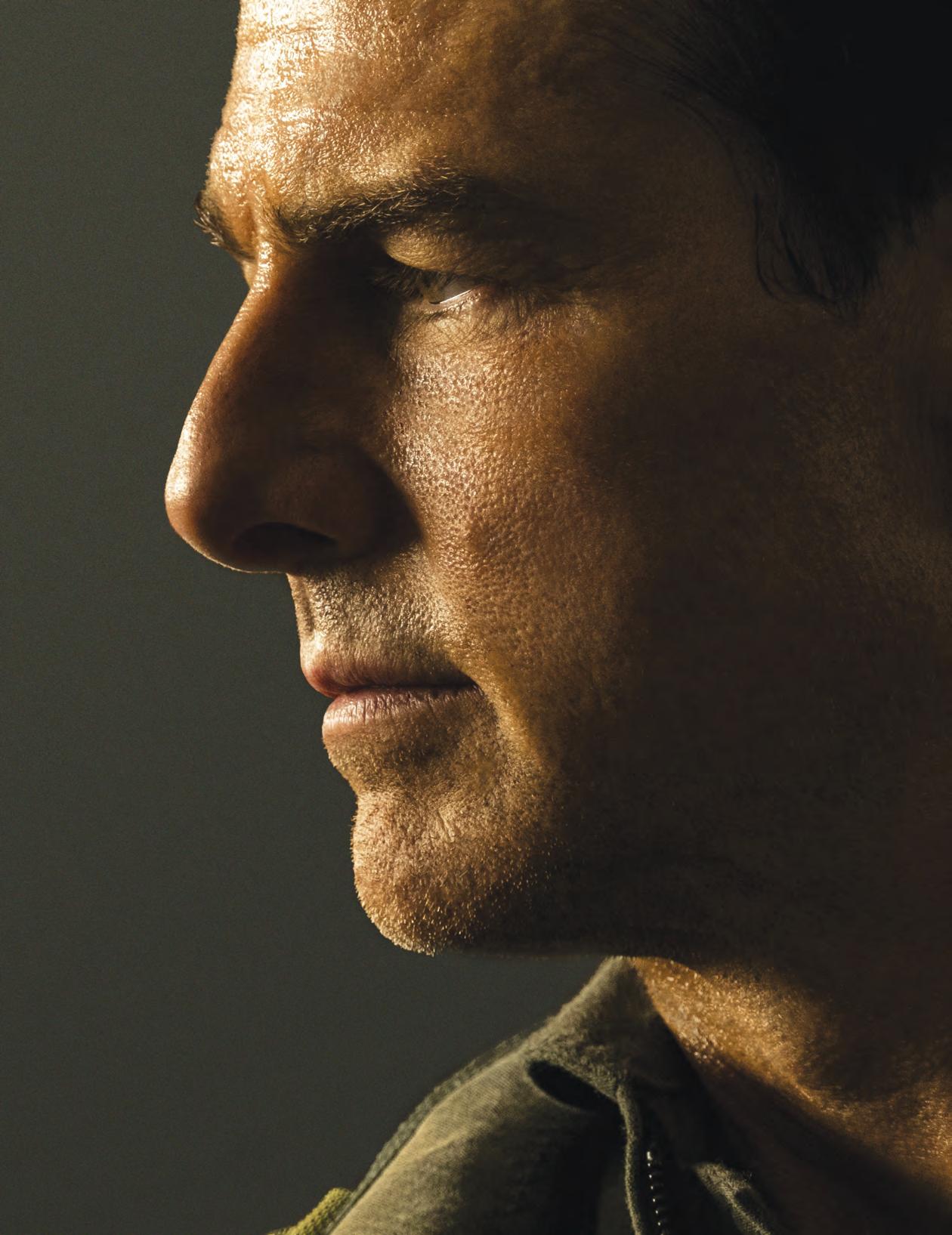
I WOULD GO TO BED AT NIGHT FOR DECADES FIGURING OUT––HOW COULD I DO IT? HOW COULD I MATCH THIS? WHAT WOULD THAT BE?
“I had no really close friend, someone who understand you. I was always the new kid with the wrong shoes, the wrong accent. I didn’t have the friend to share things with and confide in.”
Cruise says he was bullied regularly in the 15 different schools he attended in 12 years. And, being diagnosed with a reading disability at 7 didn’t help matters. “They said, ‘Oh, he’s dyslexic.’ I’m labeled. It instantly put me into confusion. It was an absolute affront to my dignity,” said Cruise.
Watching his mother navigate the tough times and work hard to support Cruise and his three sisters inspired him to pursue his dream of acting.
Rather than attend his high school graduation, he went to Manhattan in 1980 with the goal of making it as an actor within a decade. In typical Cruise style, in less than 12 months, he was in the film Taps, followed by his breakout roll in Risky Business two years later.
In 1986, Top Gun made Cruise a superstar. He’d go on to star in a slew of hits including Rain Man, Born on the Fourth of July, A Few Good Men, Jerry Maguire, and the Mission: Impossible franchise. But, it’s the release of Top Gun: Maverick that holds a special place in his heart, which is why it took so long to get the film made.
“I would go to bed at night for decades figuring out—how could I do it? How could I match this? What would that be? So interestingly enough, artistically I thought, ‘This is really a tremendous challenge’—and that appealed to me,” he said.
“I was always thinking of the technology, how it would evolve to be able to give the audience that kind of experience. And everywhere around the world they wanted to see this movie,” he told Beverly Hills Magazine. “And finally, the story came together and technically the things that I felt we could get to an audience, a global audience, was something that I thought, ‘Ok, well, if we’re going to go in, we’re going to go in now.’”













To make the movie as realistic as possible, Cruise insisted that the cast train as pilots able to withstand and recreate the rigors associated with flying F-18s. “And I had to sit down when we were hiring the actors, I said, ‘We’re going to teach you how to become a pilot’ and I had to teach the pilots how to become filmmakers also,” explained Cruise. “Because when you’re up there, you’ve got to know what shots are going to look good when you’re flying and also the actors have to give performance.”
According to Men’s Health, Cruise personally designed a rigorous monthlong program that introduced his co-stars to different jets and instructors as they learned to fly and slowly built up their g-force tolerance. The aspiring aviators eventually had to sustain up to eight g’s, or around 1,600 pounds of pressure. The cast filled out daily forms for Cruise to review until they were ready for real Navy pilots to take them up in F-18s equipped with six IMAX-Quality cameras.
Capturing lighting in a bottle for a second time is never easy, especially with the added difficulty of a pandemic. The film’s release was delayed multiple times. Cruise telling his Top Gun co-stars, “I’m sorry guys, we’ve gotta do it, this is for the big screen, we’ve got to hold it.”
Seeing the movie in a theater with full surround sound brings the action to life and validates Cruise’s decision to postpone the release. It also cements another milestone for Cruise, who worked closely with the Navy to get the film made.
“I was honored with becoming the 38th civilian to be an honorary naval aviator. They gave me that commission. I was very touched by that, to have that. And also, TOPGUN school gave me a plaque that only the TOPGUN graduates get, certain pilots get,” said Cruise about the debt he owes to the Navy.
“Look, I’m fortunate, I’m lucky. This is my dream. I’ve wanted to make movies since I was four-year-old and I’m lucky, I’ve spent my life on movie sets and travelling the world, which is what I always wanted to do,” he said to Beverly Hills Magazine. “I wanted to travel the world and be part of different cultures and celebrate them and have that experience. So this is not work—this is living the dream.”
I’M SORRY GUYS, WE’VE GOTTA DO IT, THIS IS FOR THE BIG SCREEN, WE’VE GOT TO HOLD IT.


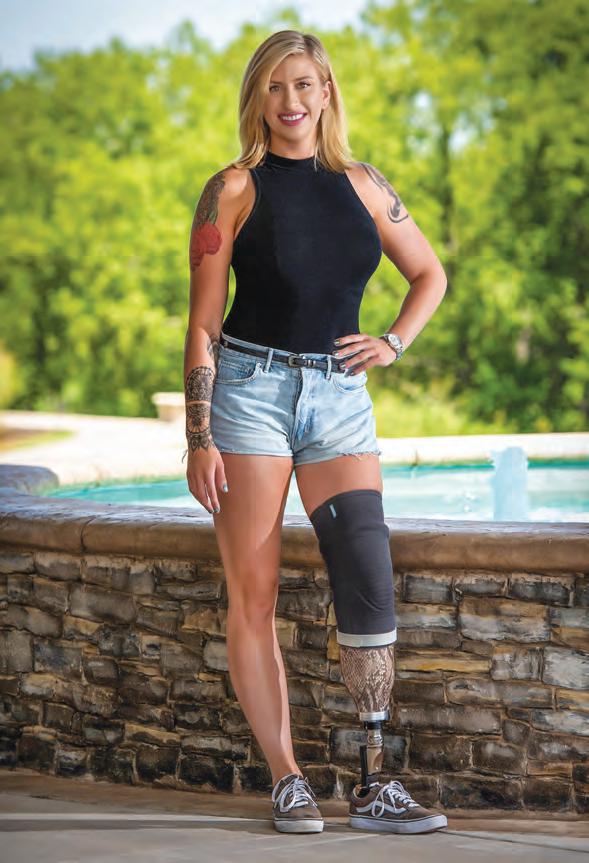
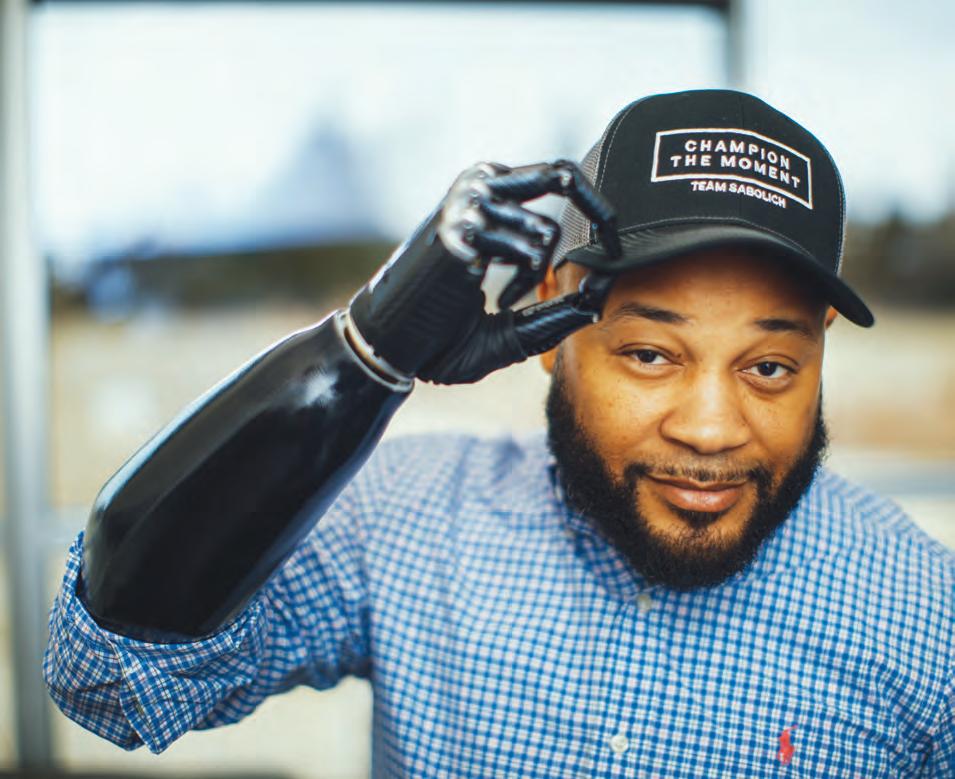


“Where we are committed to excellence”
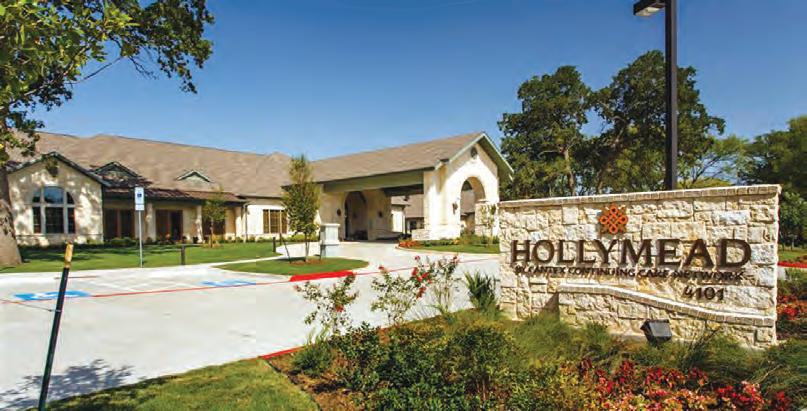

Cantex Continuing Care Network has been performing the highest standards of transitional healthcare and long-term residential services for more than 30 years. Ask anyone who knows. Cantex stands for quality.



AMENITIES: CLINICAL SERVICES
• Private and semi-private studios, some with kitchen elements and/or Frenchdoor courtyard patios
• Flat-Screen televisions
• 32 channels of satellite television service
• Wi-Fi internet access
• Electric beds for easy comfort adjustments
• Living room with fireplace and player piano
• Library with computer stations and complimentary internet access
• Chapel
• Neighborhood cafes with complimentary premium beverages and snacks
• Restaurant-Style dining room
• Beauty/barber shop with full-time beautician
• Activity program with community outings
• Sedan and van for resident transportation

• Around-the-clock skilled nursing
• Physical, Occupational, and Speech Therapies
• Wound Management
• Intravenous Therapy
• Tracheotomy Care
• Physician Services
• Medication Administration
• Enteral/Parenteral Therapy
• X-Ray Services
• Laboratory Services

BREAST CANCER
RISKS, SYMPTOMS, AND NEW REVELATIONS ON EARLY DETECTION
By KIMBERLY BLAKERTwelve percent of women today will develop invasive breast cancer, and more than 40,000 will die from it this year alone, reports BreastCancer.org. That’s why a refresher course on early detection and staying up to date on the latest studies is essential and the reason for October’s Breast Cancer Awareness Month.

Mammography often doesn’t detect the more lethal types until they’re in the later stages.
Risk factors
There are several risk factors for breast cancer, as identified by the American Cancer Society (ACS). Some of these are unchangeable but should be taken into account in developing a screening plan. Other risk factors are lifestyle related. Therefore women, especially those already at higher risk, should consider those factors she can control.
Still, the simple presence of risk factors doesn’t mean you’ll go on to develop breast cancer. Likewise, a lack of risk factors doesn’t mean you won’t develop the disease. For this reason, all women should be aware of the risks and symptoms and what screening does and doesn’t do.
Some factors that are unchangeable and increase risk are female gender, aging, genetics, and race and ethnicity (white women are at slightly higher risk) according to the ACS. A greater number of menstrual cycles, previous chest radiation, and exposure to the drug diethylstilbestrol (DES) also puts women at a slightly higher risk.
Other risk factors can often be controlled. Pregnancy and childbirth are some of these factors. According to the National Cancer Institute (NCI), women who had more than one child have increased protection with each successive birth.
Women who breastfed also have reduced risk of breast cancer, the NCI explains. The longer the total length of time spent breastfeeding during the child-rearing years, the greater the protection.
Oral contraceptives, according to the ACS, slightly increase risk. Though once a woman is off contraceptives for 10 years, that risk is no longer present.
Hormone therapy for menopausal women can also increase risk. The ACS says estrogen alone is not a concern. For certain women, it can even slightly reduce the risk. But estrogen combined with progestin can increase risk.
Another risk factor is alcohol. Having one daily drink increases the risk only slightly, while the greater the consumption, the higher the risk. More than five drinks daily increase the risk for other cancers as well.
After menopause, being overweight or obese increases risk, says the ACS. But as the organization explains, the risk of breast cancer related to weight is complex. Those who were overweight as a child may not be affected. The distribution of excess body fat may also play a role. Waist area fat, in particular, might be more significant in increasing risk than fat in other parts of the body such as hips and thighs.
Exercise, however, has been shown to decrease risk, according to a study by the Women’s Health Initiative. It found just 1.25 to 2.5 hours of brisk walking each week can reduce risk by 18%.
Several factors that previously have been claimed to increase risk factors are now disproven or deemed highly improbable, according to ACS and Memorial Sloan Kettering. These include antiperspirants, bras, abortion or miscarriage, dense breasts, fibrocystic disease, and breast implants.
Factors that remain unclear because studies have produced conflicting results include diet and vitamins, environmental chemicals, tobacco smoke, and night work. These factors require further research to determine if there’s any relationship.









Symptoms








There are several signs to watch for that might be indicative of breast cancer. Though most of these symptoms could be caused by something else such as caffeine, menstrual periods, infection, or other illness or factors. If you notice any of these symptoms, see your health care provider to rule out breast cancer. Symptoms to watch for, say ACS and other breast cancer organizations, include:
• A new lump or breast change that feels different from the rest of your breast
• A new lump or breast change that feels different from your other breast
• You feel something different that you haven’t felt previously
• Nipple discharge that occurs without squeezing the nipple
• Nipple discharge that occurs in only one breast
• Bloody or clear discharge, rather than milky
• Thickening, a lump or hard knot inside the breast or in the underarm area
• Breast swelling, warmth, or redness
• Change in breast shape or size
• Breast skin dimpling or puckering
• A sore or rash on the nipple, particularly scaly or itchy
• Your nipple or other parts of your breast pulling inward
• Sudden nipple discharge
• Pain in one spot that doesn’t go away
Early detection and screenings
Screenings are an essential means for detecting breast cancer, hopefully in its early stages. Until more recently, women were encouraged to do a monthly self-examination. But a major study reported in The Journal of the National Cancer Institute in 2002, concluded self-examination has played no role in improving cancer detection. It also found the extensive teaching of self-examination leads to an increased rate of benign breast biopsies.
Clinical breast exams, however, are still recommended. Beginning at age 40, clinical exams should be done annually. Women with higher risk factors should have exams more often and consult with their doctor for the recommended frequency.
Mammography, believed to be one of the most crucial tools in early detection for decades, first started in the 1960s. Early trials found mammography reduced breast cancer death rates by 25%.

But Peggy Orenstein points out in her 2013 New York Times article, “The Feel-Good War on Breast Cancer,” such statistics have overstated mammography’s role in the reduction of breast cancer death rates. This is because the increased use of mammograms occurred along with much-improved treatments. Medical experts now believe treatments likely played a more significant role in reducing deaths.
For this reason, mammograms have come under fire in recent years as more studies have revealed the debatable usefulness of this screening technique, at least for younger women. That’s because breast cancer and detection are more complex than once understood to be.
It’s now known there are at least four types and subtypes of breast cancer. Mammography often doesn’t detect the more lethal types until they’re in the later stages. Add to this, mammograms result in significant overdiagnosis leading to unnecessary treatment. This comes with its own risks.
Doctor Deanna Attai, president of the American Society of Breast Surgeons, explains, “Ductal carcinoma in-situ [DCIS] is also referred to as noninvasive, or Stage 0 breast cancer. It is primarily diagnosed by screening mammograms, as it often does not form a palpable lump. DCIS accounts for approximately 20% of mammographically detected breast cancers. As screening mammography has become more prevalent, the rate of DCIS detection has increased.”
Some medical experts say DCIS is really not a form of cancer at all. Referring to it as such results in overly aggressive treatment.
The likelihood of low-grade DCIS developing into invasive breast cancer is only 16%, says Dr. Attai. While high-grade DCIS has a 60% chance over 10 years. The problem is there’s currently no way to determine which cases of DCIS will ultimately develop into breast cancer. This creates a significant dilemma.
Still, what is known is among women in the United States, breast cancer is the second leading cause of cancer deaths. Various studies
indeed reveal mammography screening seems to have very limited usefulness among women under 40. Still, it’s moderately effective for detection in women ages 40-49 and is most useful for those in the 5069 age group.
The results of recent studies have, therefore, revealed several needs. First, more research is needed to better answer questions about the approach to both detection and treatment. Additionally, better screening techniques should be developed for detecting the more deadly forms of breast cancer.
Currently, there’s much debate among medical and cancer organizations regarding the recommended frequency of mammography, particularly among women ages 40 and up. These various organizations point to different studies coming to different conclusions about mammography’s safety and effectiveness.
The latest cancer screening guideline by the ACS (2015) recommends women with average risk should begin regular mammography screenings at age 45. Then they should be annually screened until they reach 54. After that, they should transition to every two years, as long as they’re in good health with a life expectancy of at least 10 years.
The American College of Physicians (ACP) has done a rigorous analysis of numerous studies and the guidelines of several organizations. The ACP says the methodology used by several organizations in determining guidelines isn’t sound. The organizations that scored highest for the use of sound methods include the ACS, World Health Organization, The Canadian Task Force on Preventive Health Care, and the U.S. Preventive Services Task Force.
Finally, there’s no one-size-fits-all plan that works best. So, mammography screening for breast cancer should be based on informed decisions and individualized plans. It should take into account a woman’s age, risk factors, and both the advantages and disadvantages of mammography for each woman’s unique circumstances.

DENNIS BIRENBAUM, MD

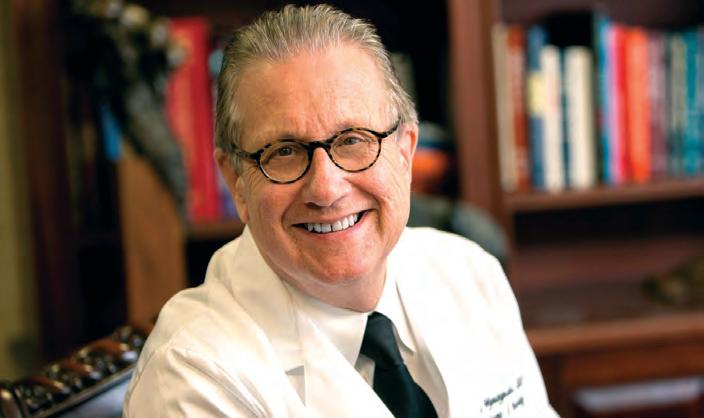
Dr. Birenbaum founded the Arlington Cancer Treatment Center in 1981. He founded the Texas Hematology/Oncology Center, PA in 1997. He is the founder, Medical Director, and CEO. Dr. Birenbaum trained at The University of Texas M.D. Anderson Cancer Institute for 5 years, 3 years as a Hematology/Oncology fellow and 2 years as a facility professor. His private practice in Hematology/Oncology has been in the Dallas/Fort Worth area since 1979. Dr. Birenbaum is available by cell phone 24/7 and participates in many support groups and radio programs.
AREAS OF CLINICAL INTEREST:
• Gastrointestinal Tumors
• Melanoma, Sarcoma
• Breast Cancer
• Lymphoma
• Kidney Cancer
EDUCATION AND TRAINING CREDENTIALS:
• Southern Methodist University
• Universidad Autonoma de Guadalajara/University of Michigan
• Straight Medical Internship - Henry Ford Hospital/University of Michigan
• Straight Medicine Residency - Tulane University Medical Center/Ochsner Clinic
• Fellowship Hematology/Oncology - University of Texas M.D.
Anderson Hospital and Tumor Institute
• Private Practice 1979 to Present
PERSONAL INTERESTS:
• Born and raised in Dallas, TX
• Father of 2 sons
• Owns six dogs
• Loves traveling and golf
• Avid collector of arts and antiques
Dennis Birenbaum, MD and Dr. Wyszynski, MD, DO are M.D. Anderson trained hematologists/oncologists.
Dr. Wyszynski, MD, DO also trained at Fox Chase Cancer Center in Philadelphia, PA.
EUGENE J. WYSZYNSKI, DO
Dr. Wyszynski joins the Texas Hematology and Oncology Centers after many years of successful private medical practice in the Dallas/Fort Worth area. Dr. Wyszynski completed his internship and residency at John F. Kennedy Memorial Hospital in Stanford, New Jersey. He followed these with a number of Fellowships including one in Hematology/Oncology at the prestigious M.D. Anderson Cancer Center in Houston, TX, and two years at Fox Chase Cancer Center in Philadelphia, PA. Dr. Wysznski is well known for his quality of care and the personal interest he takes in his patients. He is very active in many professional societies and investigative trials.
BOARD CERTIFICATIONS:
•American Osteopathic Board of Internal Medicine: Hematology/
•Oncology-Certified: 8/24/2007
•American Osteopathic Board of Internal Medicine
PROFESSIONAL SOCIETIES:
•American Osteopathic Association
•ASCO
•Texas Medical Association
•Dallas County Medical Association
CLINICAL CANCER INVESTIGATIVE TRIALS:
• Central Pennsylvania Oncology Group Protocal
• Eastern Cooperative Group
• Southwest Oncology Group
PERSONAL INTERESTS:
• Married and father of 2 children
• Enjoys traveling and spending time with family
• Active in many hobbies
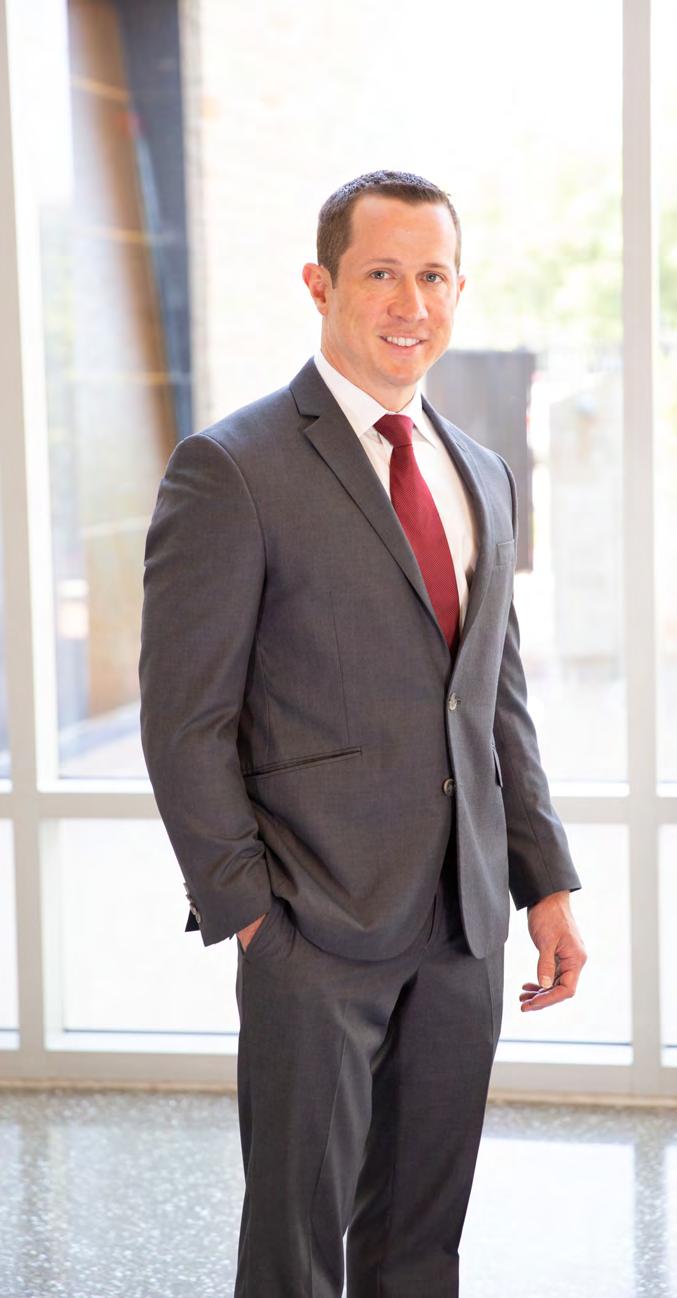
Andrew Chambers, M.D. Orthopedic Surgeon
Dr. Chambers is an orthopaedic surgeon at Texas Bone & JointArlington who specializes in joint replacement surgery. He received extensive training in joint replacement surgery during his fellowship at Harvard Medical School / Massachusetts General Hospital, which was voted as the top hospital in the United States. Dr. Chambers has implemented the techniques learned at Harvard Medical School into his own practice and offers minimally invasive total hip / knee replacement, partial knee replacement, revision surgery for malfunctioning, loose, and infected joint replacements, arthroscopic surgery of the hip and knee, and revision of failed and recalled metal-on-metal total hip replacement implants. Dr. Chambers focuses special attention on surgical techniques for rapid recovery after total joint replacement which allow his patients a more predictable and earlier return to home and an active lifestyle.
Dr. Chambers is pleased to offer the MAKOplasty Robotic-Arm Assisted partial/total knee and hip replacement. The MAKOplasty procedure is changing the way joint replacement surgeries are performed by providing each patient with a personalized surgical experience based on their specific diagnosis and unique anatomy using a CT-based 3D modeling. The robotic arm technology allows for extremely precise placement of hip/knee components with potentially less soft tissue injury than traditional joint replacement.
Dr. Chambers is a Texas native and grew up in Houston, Texas. He attended medical school at The University of Texas Medical Branch in Galveston, and completed residency at John Peter Smith Hospital in Fort Worth, Texas. He then completed a fellowship in joint replacement surgery at Harvard Medical School. In his free time, Dr. Chambers enjoys traveling with his wife, Christine, and spending time with friends and family. He is an avid sailor and enjoys participating in sailing races on the local lakes in the Dallas/ Fort Worth area.

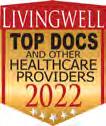


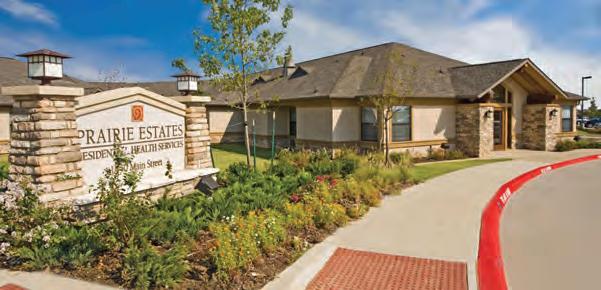

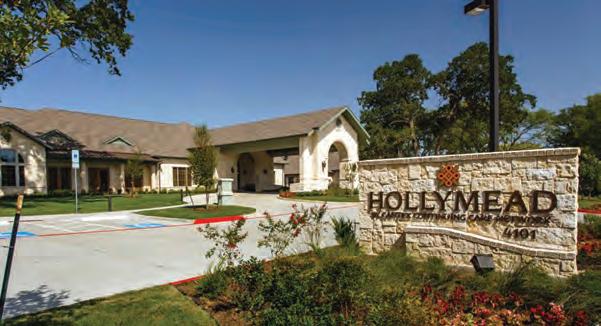


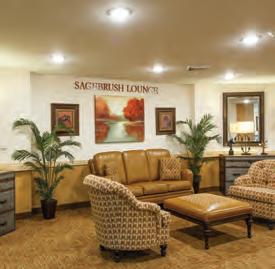

ELDER
LAW FOR SENIOR ADULTS & THEIR FAMILIES
True Compassion
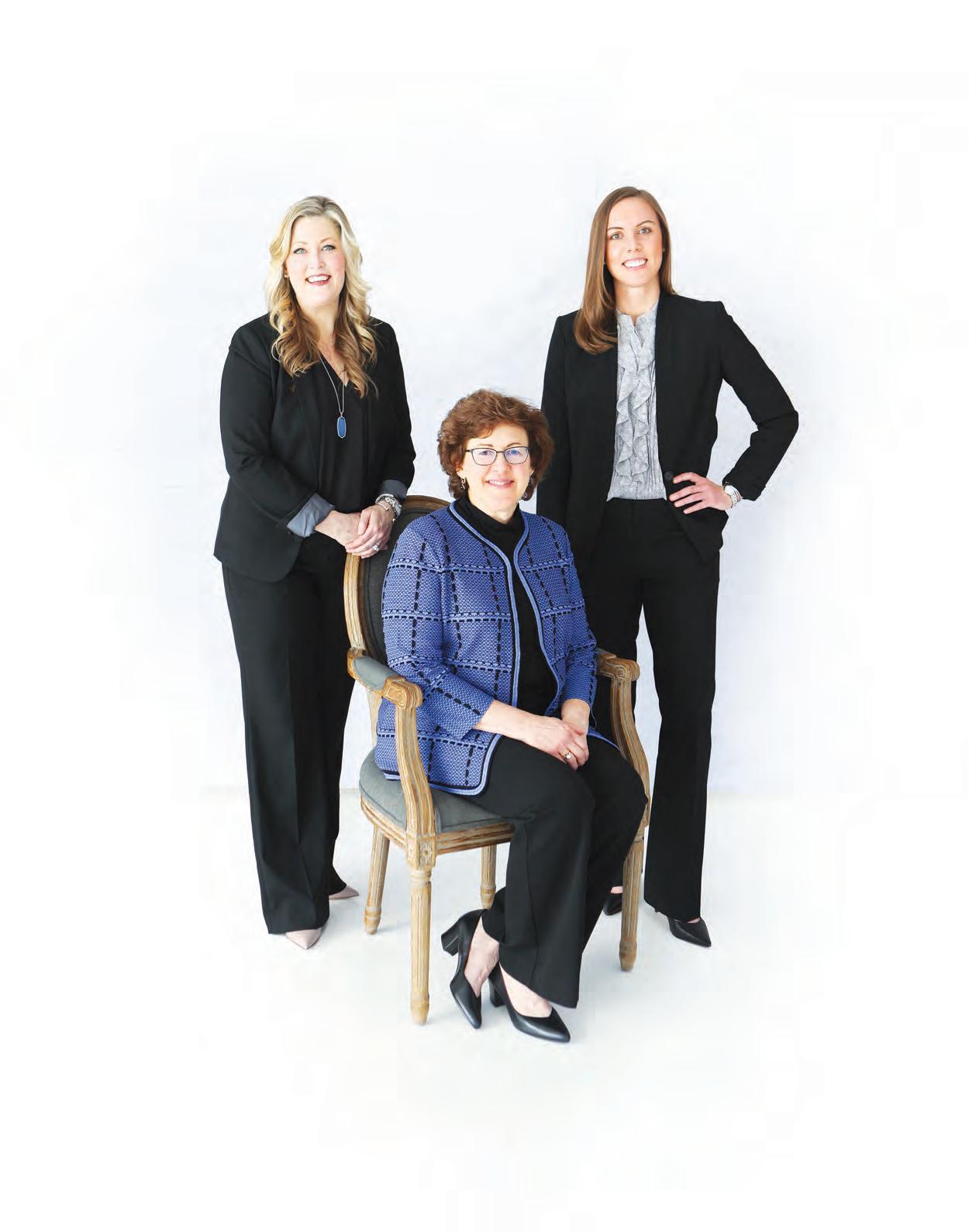

Elder Law is first and foremost about empowering seniors. Elder Law services help you address issues of living arrangements, financial well-being, healthcare options, and the ultimate disposition of assets, enabling you to make your own choices and decisions about managing life as you age.

PROBATE LITIGATION ESTATE PLANNING WILLS & TRUSTS
Healthcare Advance Directives
By LEU & PEIRCE ELDER LAW ATTORNEYS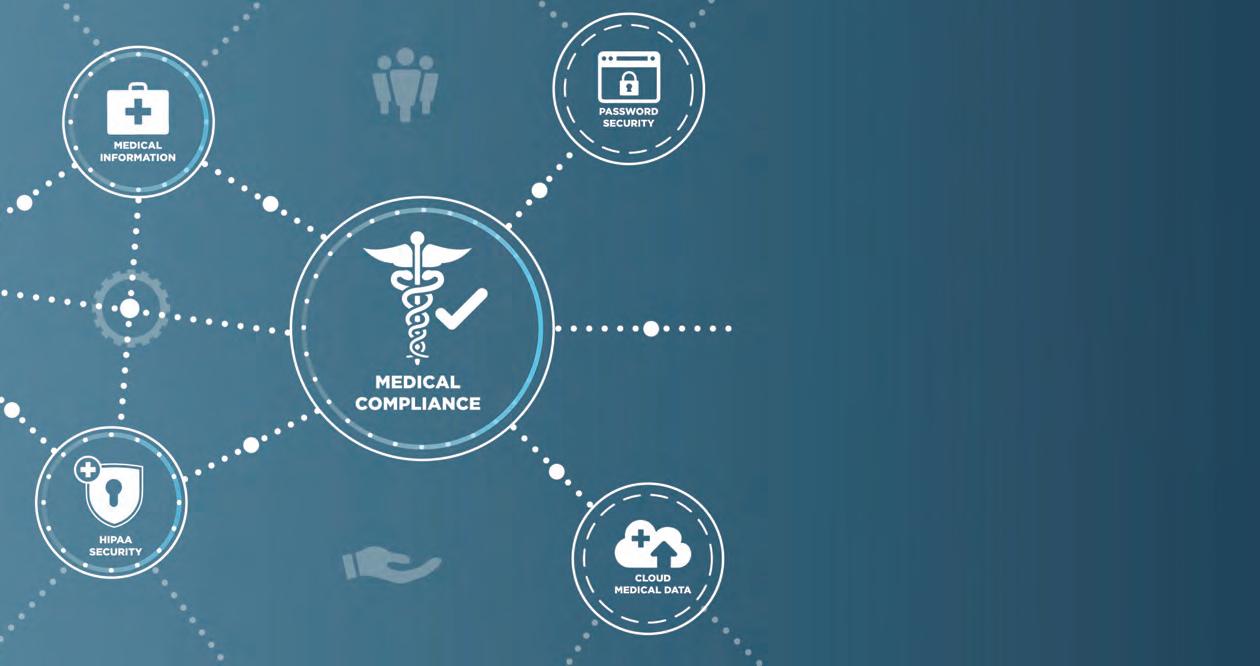
Healthcare Advance Directives are a vital part of your estate plan. Each of the advance directives plays a distinct role in ensuring that when the time comes, your healthcare wishes are followed.
A Medical Power of Attorney, HIPAA Release and Authorization, and Directive to Physicians (also known as a Living Will) work in concert to provide trusted individuals with the tools they will need to manage your healthcare and make health-related decisions for you, should you become unable to do so for yourself.
MEDICAL POWER OF ATTORNEY
A Medical Power of Attorney enables you to name a trusted individual as your agent to make healthcare decisions for you in accordance with your wishes. As long as you are awake and can understand and answer a medical professional, you always make your own healthcare decisions. If you are not capable of making or communicating your decisions, your agent under the Medical Power of Attorney has authority to act for you. Your agent is obligated to follow your wishes when making healthcare decisions for you, to the extent you have made those wishes known. If there is no evidence of your wishes, your agent should make decisions based on your best interests; however, treatment may not be given, or withheld, if you object. This is true whether you are competent or not. Although you are not required to designate alternate agents, it is advisable that you name at least one additional person, if not more, whom you trust to act on your behalf and in accordance with your beliefs and desires. For many reasons, your agent may not be able to act when a decision needs to be made. Therefore, having alternate agents named can be very important.
HIPAA RELEASE AND AUTHORIZATION
HIPAA (Health Insurance Portability and Accountability Act of 1996) is a federal law that requires doctors, nurses, hospitals, nursing homes, and other healthcare providers to protect the privacy of patient health information. A HIPAA Release and Authorization document names individuals you trust to have access to this protected health information. When you execute a HIPAA Release and Authorization, you are giving your healthcare providers permission to discuss your health information with those trusted individuals. This can be an important tool for
those who are assisting you with your healthcare and want to stay informed of your status. Without such access, your agents may not have all the information they need when it is time to act under the Medical Power of Attorney. This document also allows you to keep others who are close to you informed of your medical condition, even if they cannot make decisions.
DIRECTIVE TO PHYSICIANS AND FAMILY OR SURROGATES (LIVING WILL)
A Directive to Physicians and Family or Surrogates, commonly known as a Living Will, provides information and instructions to your agent under the Medical Power of Attorney regarding your desires to administer, withhold, or withdraw life-sustaining treatment should you be diagnosed with a terminal or irreversible condition.
Although commonly confused, a Living Will is not the same as a Do Not Resuscitate Order (“DNR”). A DNR should be signed only after receiving an explanation from a physician, who also signs the document to confirm you were provided the information necessary to make a sound decision. While a Living Will addresses life-sustaining treatment before your heart has stopped beating, a DNR instructs medical personnel not to perform emergency resuscitation after your heart has stopped beating. Importantly, medical personnel must see a properly executed DNR prior to beginning resuscitation procedures, as they cannot stop resuscitation procedures once they have begun.
An experienced attorney who practices in this area of the law understands each of these documents and how to tailor them to your unique circumstances, wishes, and family dynamics. Advice on Healthcare Advance Directives, as well as other interrelated legal issues should be provided by an attorney who works in this area on a daily basis. There is a reason that professionals like attorneys and doctors are licensed—they are providing important services and are required to meet strict standards. If you need help with your estate plan, or have questions about Healthcare Advance Directives, please contact our office for a consultation.
Lori A. Leu, Erin W. Peirce, Lauren E. Olson, and Brandi Binkley are Elder Law attorneys with Leu & Peirce, PLLC in Plano, Texas. For more information call 972-996-2540 or visit www.leulawfirm.com.
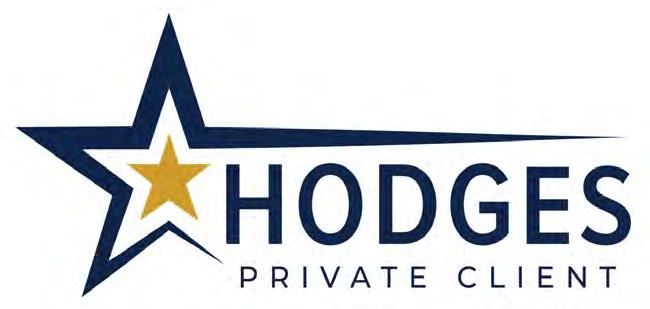








What Makes Us Laugh?
The History of Laughter and Science Behind Its Medicinal Effects
By KIMBERLY BLAKERWhether you guffaw, chuckle, chortle, cackle, roar, howl, or giggle, the ability to laugh is shared by all people around the world. Humans even share this ability with apes and other primates! Charles Darwin and many other researchers have recorded observations of laughing in various primate species during play and especially when being tickled. These findings suggest the ability to laugh goes back millions of years to a shared ancestor. Tickling may not be what makes you laugh, but everyone has something that tickles their funny bone. Although the jokes people tell have shifted and developed throughout history, laughter’s positive benefits are unaltered.
How do laughter and humor affect our health?
Laughter may really be the best medicine. Scientific research has backed up the positive effects a good laugh can have on your physi-
cal, mental, and emotional health. Laughing is so beneficial to health that laughter therapy has even become an alternative approach to treating depression, stress, and other mood disorders. Evidence from numerous studies finds laughter to be an effective method in cognitive-behavioral therapy because of its effects.
Gelotology is the term used to describe the study of laughter. This field was developed in the late 1960s and examines the physiological and psychological effects of humor. One of the founders was William F. Fry, who would watch comedic movies while drawing blood samples. The results showed that laughter increased the activity of immune system cells.
Norman Cousins was a big proponent of laughter as medicine. At the age of 50, he was struck with a disease with a low recovery rate. But he noticed that he experienced less pain and fewer symptoms when laughing. He prescribed himself regular laughter by watching
Candid Camera and Marx Brothers movies and lived another 25 years. He worked with the California University Hospital to study the health effects of laughter more formally.
Just a few of the recorded benefits of laughter on mental, physical, and emotional health include:
• Increased endorphin levels
• Increased production of immune cells and antibodies
• Decreased levels of stress-causing hormones like cortisol and epinephrine
• Improved memory
• A refreshing mental break that helps replenish mental resources
• Strengthened social bonds
• Increased intake of oxygen, which stimulates organs
• Reduced muscle tension
• Ability to better handle scary or stressful situations
As our understanding of the benefits of laughter has grown, people have started to incorporate laughter for other aspects of health, too.
A physician from India, Madan Kataria, created laughter yoga which combines breathing, movement, and laughter to promote mental and physical health. A study examined the effect of this method on older adult women experiencing depression in comparison to a control group that used exercise therapy. Those who completed laughter yoga reported significantly higher life satisfaction and improvements in their depression compared to the control group. The study found laughter yoga to be as effective as exercise programs.
The Association for Applied and Therapeutic Humor is a non-profit organization started by a group of psychologists who promote the use of humor to support improved health and well-being. They have an extensive research library that shares academic research related to the benefits of humor and laughter.
Counselor and stand-up comedian, Richard Granirer, of Stand Up for Mental Health, uses stand-up comedy to educate the public about mental health and reduce the stigma around it. He also teaches those with mental health issues or disorders to utilize their struggles to create comedy, which gives them a sense of control and self-worth.
How has humor changed over time?
Humor as a source of laughter has been around as long as humans have been able to communicate. According to Robert R. Provine, a laughter expert, “The necessary stimulus for laughter is not a joke, but another person.” Laughter seems to have evolved as an essential part of social interaction, even if it does not happen face-to-face. The current thought is that humor is based on the recognition to observe or create incongruities in a social setting, and as humans’ cognitive abilities and language has developed, so has humor. Play-fighting may be one of the earliest forms of humor due to the mix of playfulness with fighting behavior.
In 2008, a group of British historians hunted down the oldest recorded joke—a fart joke—in Sumeria in 1900 B.C. It was inscribed on a tablet and translates to: “Something which has never occurred since time immemorial; a young woman did not fart in her husband’s lap.” Although the words used may change, jokes at their core tend to make light of similar ideas—like fart jokes or toilet-related humor.
Top 10 oldest jokes from history, discovered by researchers led by humor expert Dr. Paul McDonald, reinforce the idea that at their heart, jokes have not changed too much over time. Humor has always dealt with “taboos,” witty retorts, pointing out ironies, making light
of difficulties, or come at someone’s expense. The format of jokes may change, and the details may shift to reflect the times, but the basic elements remain the same.
Throughout history, humor has developed to reflect the times as people used laughter to connect. What people find funny varies based on individual and shared experiences. Humor generally reflects current events and stages of life and can be a way to relate to others. Shared humor relies on shared context and understanding of content. So, people may not be able to appreciate jokes that have a more specific connection to a particular group. Some types of humor may be more global and relate to the basic human experience. In contrast, others have a narrower audience that can appreciate them.
Jokes and humorous content have also been shared in a variety of different ways, depending on the technology available. Humor can be shared in any way that people communicate. Jokes have been shared through every medium imaginable— carved on tablets, written in newspapers, sent in letters, graffitied on walls, or told by entertainers like court jesters and stand-up comedians.
The rise of technology has also led to alternative ways of sharing humor. In the 1950s, Charley Douglass, a sound engineer for CBS, created laugh tracks to make a shared experience of laughter for people watching at home. Today, humor can be shared far and wide through the internet and social media in the form of memes or videos.
Humor and laughter are universal and vital parts of a happy and healthy life. Keep your spirits up by finding ways to keep laughing. Though each person’s sense of humor may be a little different, you just have to seek out what you find funny or enjoyable. Especially when you are feeling down, it is even more important to try to find something to laugh at to lighten your load. Socialize with people who make you laugh for a boost. Sign up for a daily joke or comic strip. Follow your favorite comedian. Keep a running list of books, songs, tv shows, or movies that make you laugh. Or start a ‘funny file’ for emergencies with cards and pictures that bring a smile to your face. Even if you don’t feel like laughing, try forcing a few chuckles—the more ridiculous, the better. You’ll likely find yourself genuinely laughing before you know it!
Laughing is so beneficial to health that laughter therapy has even become an alternative approach to treating depression, stress, and other mood disorders.

Simple Cremation…
Are you sure?
By RICK ALLEN
In today’s economy it pays to shop around. When we went to purchase our youngest daughter a car, we were working on a very limited budget. We found a great deal in the most unlikely place. A luxury import dealer in an upscale area of Dallas had a late model domestic car they had taken in on a trade. They did not have much in the car in the way of investment and were looking to move it off their lot. As a result, we found an unbelievably good price on a quality automobile. We had looked at cheaper cars, but when weighing our daughter’s safety and well-being against a little more cost for the better car, the decision was easy. If we would have simply searched out the cheapest price, I am confident we would have had regrets later for one reason or another.
Believe it or not, many people will choose a cremation provider based solely upon who will offer the lowest price. While the theory exists, “Who cares, you are gone and won’t know anything about it.” Something can be said for respecting the dignity of an individual after they have died. I am not going to cast accusations against low cost providers. I will simply base my opinion on what I know to be fact and tell you that the phrase “buyer beware” applies totally when doing business with these type of firms. There are two major things to be cautious of. First, the bait and switch operator; this is the one who attracts you with a low price advertisement in the newspaper or on a billboard. Once you have committed to doing business with them, then the low cost “hook” has add-on’s that increase the cost. This can be confusing and extremely frustrating. Secondly, and this one is even worse in my opinion, is the get-what-you-pay-for guys. This is where dignity goes out the window. Because low cost has to be offset with high volume in order for an operator to be profitable, these types of operations remind me of a processing plant more than they do of a funeral establishment. Human remains are stored in cramped areas while the firm completes the necessary paperwork and then the remains are shipped off, several at a time in a cargo van, to be cremated several miles away from the funeral establishment the family originally contracted with. The end result
is a far cry from anything resembling dignified and on top of that, the family is left waiting, often times as long as ten days to get their loved one’s ashes back.
The media has trained funeral consumers to use the word “simple” when describing to their funeral director what their wishes are. Unfortunately, funeral directors have trained themselves to hear the word “cheap” when a consumer says “simple”. I believe when consumers say “simple” they are really saying, “I want something dignified and appropriate, but I don’t want you to overcharge me for what you do”. A woman recently came to me after her husband had died. She told me she wanted “simple” cremation. After we visited for a while she started describing to me the type service she wanted at their church, and then asked about the possibility of family and friends coming together for a time of reflection and remembrance the evening before the funeral service. We then composed a beautiful obituary for our website, created a video tribute and selected an urn. When we finished she was relieved that the cost for all the things she wanted were so reasonable and that she felt totally comfortable with our firm and knew that her husband’s wishes would be carried out exactly as he described to her prior to his passing. Afterwards, I learned that when she originally told me of her desire for a “simple” cremation, she meant that she did not want to bury her husband in the cemetery and have an elaborate memorial marking his grave. She did save a tidy sum of money by not having to purchase those items, but in my opinion, the service we provided to her was anything but “simple”. This just proves that one person’s definition of “simple” may not always match up to that of another. Cremation is growing in popularity in our particular geographic area. Some may see this as a positive and some may view it as a negative. I see it as nothing more than one way, out of several, to accomplish final disposition of one’s body. No matter what you choose, please do not make your decision solely on who will give you the lowest price. Cost should be one of your considerations, but not your only concern.
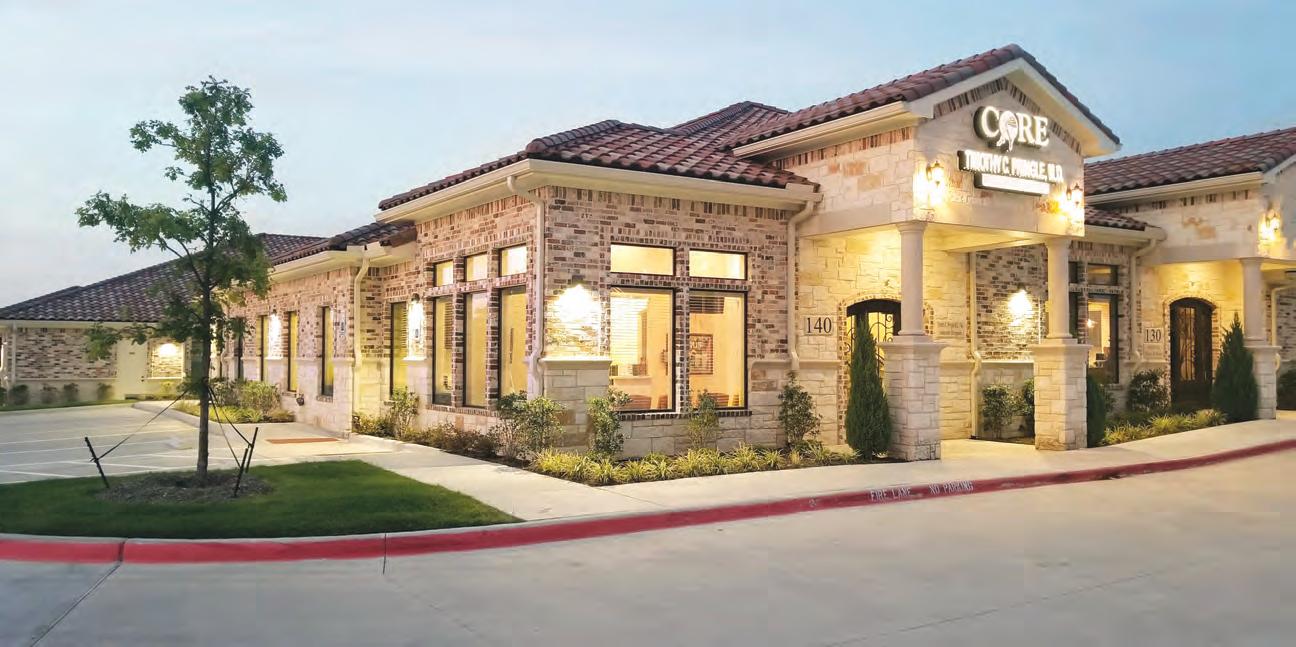
CORE
Timothy C. Pringle, MD, R.V.T., R.P.V.I.VASCULAR SURGEON & VEIN
SPECIALISTDr. Timothy Pringle is a board-certified endovascular surgeon. He specializes in minimally invasive techniques to address all aspects of vascular disease. He is knowledgeable and experienced with management of venous insufficiency and peripheral arterial disease. Dr. Pringle predominately treats venous insufficiency in his office with laser procedures. His philosophy is, “Interventions improve quality of life, but lifestyle change improves lifespan.” Dr. Pringle understands true healing comes from an integrative approach to vascular disease. He provides in-office surveillance through ultrasound testing. Dr. Pringle is the rare combination of a caring, kind, and compassionate physician who loves God, family, and his patients.
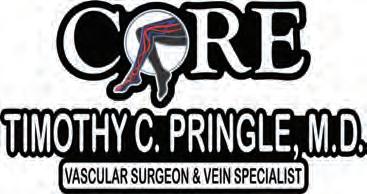



 Diane S. Litke, MD Diplomate American Board of Orthopaedic Surgery
Diane S. Litke, MD Diplomate American Board of Orthopaedic Surgery
Dr. Litke is a passionate artist, both in her spare time and as an orthopaedic surgeon. At L&W Orthopaedics, she approaches every orthopaedic problem with an eye toward restoration of function and mobility. With a deep knowledge of the inner workings of the body’s most active and important joints, Dr. Litke is able to repair most hip, knee, and shoulder problems, giving her patients the freedom to move again. Assisting her skilled hands, she uses the latest state-of-the-art robotic equipment for accuracy and precision, delivering a powerful combination of experience and technology to all of her patients.
Dr. Litke earned her medical degree at the University of North Carolina Chapel Hill. She went on to complete her orthopaedic residency at the University of South Carolina in Columbia South Carolina. She is certi ed by the American Board of Orthopaedic Surgery, and is a Fellow of American Academy of Orthopaedic Surgery and a Fellow of the American Associaion of Hip and Knee Surgeons. Dr. Litke is the medical director of the Orthopedic Department for Methodist Health System and is a liated with the Methodist Richardson Medical Center, where she is the director of the joint program. When she’s not working, Dr. Litke enjoys photography and cycling.
Please call 972.498.4791 to schedule an appointment.
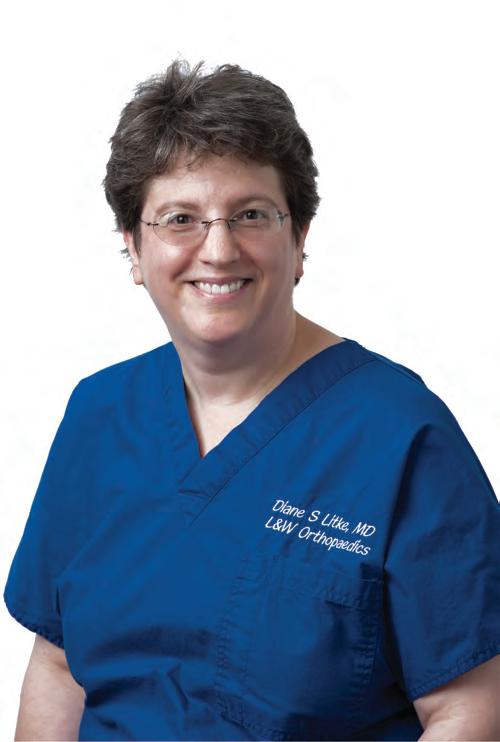
Orthopaedic Surgeons located in Richardson, TX
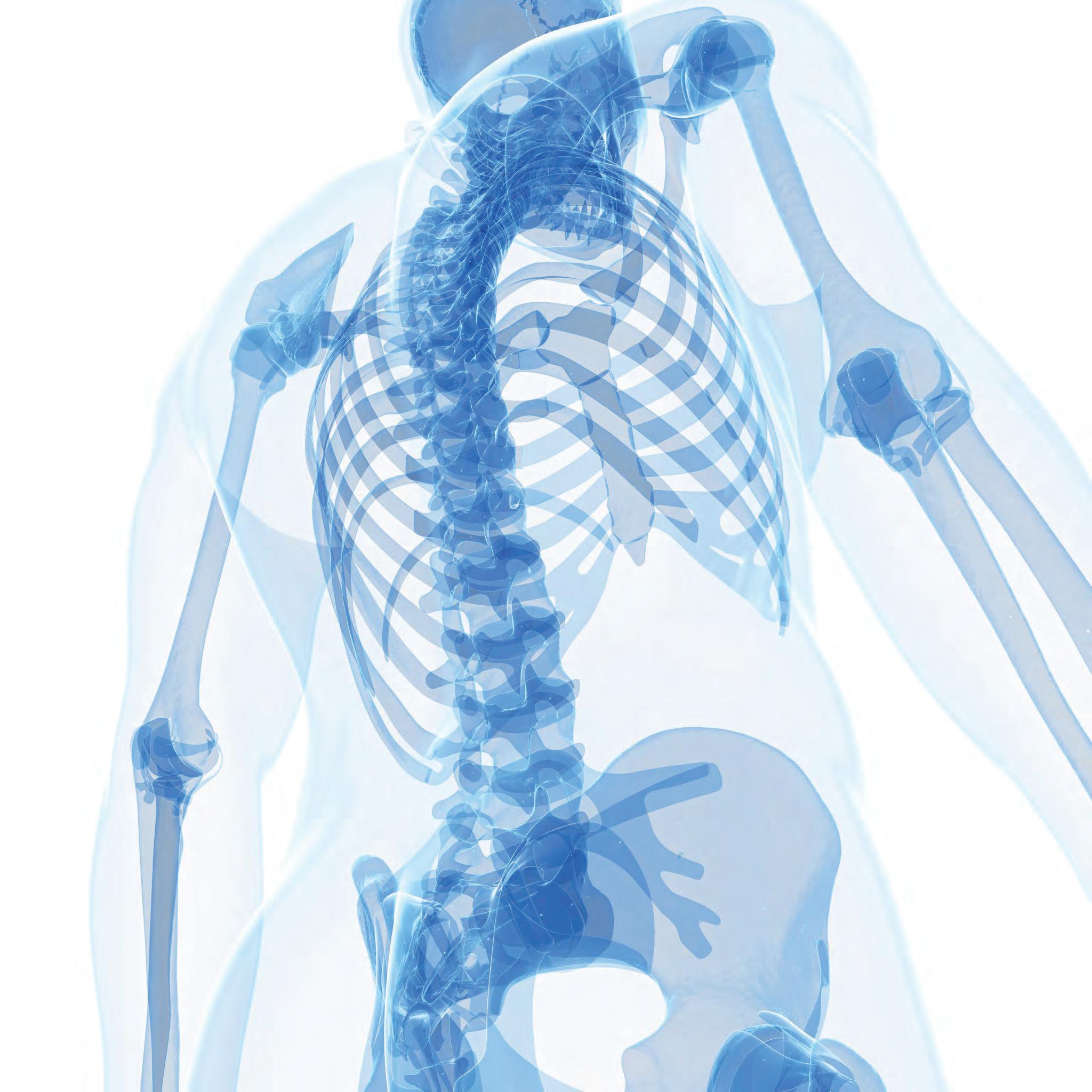
www.LWOrthopaedics.com

Depression, Hearing Loss, and Treatment with Hearing Aids
Courtesy HEARING SERVICES OF McKINNEY
Around the beginning of the 21st century, there were a half-dozen landmark studies about the relationship between untreated hearing loss and other health related issues. All which led to the insights about the possible benefit of hearing aids and aural (hearing) rehabilitation.
A review of the literature suggests complex but compelling association between hearing loss and depression. One study was done at the University of Texas Health Science Center in San Antonio in collaboration with a VA clinic. This study found of 194 hearing impaired participants (half of which were assigned to a waiting list group, therefore not receiving any hearing aid treatment; the other half were fit with hearing aids). Before the study began, 82% of subjects reported adverse effects of the quality of life due to hearing loss and 24% were depressed.
At a four-month follow up, the group that was treated with hearing aids showed significant score improvements for social and emotional function, communication function, cognitive function, and lessening of depression. This field trial established that hearing aids are a successful treatment for reversing social, emotional and communication dysfunctions caused by hearing loss. Additionally, it suggested that hearing aids may lead to improvements in cognition and depression. Two years later the study continued to show in 192 of the same participants, the quality-of-life benefit measures for social and emotional, communication, and depression were sustained.
Another significant study was the 1999 National Council on the Aging (NCOA) report on “The Consequences of Untreated Hearing Loss in Older Persons.” In a large-scale national survey of older Americans, the study quantified the social, psychosocial, and functional effects of hearing loss, with the goal of assessing the effects of hearing loss on quality of life and comparing these effects to those who wear or do not wear hearing aids. This cross-sectional, self- assessment survey was comprised of 2,304 hearing impaired individuals and 2,090 family members. The study concluded:
“Most users of hearing aids reported significant improvements in the quality of their lives since they began to use hearing aids. Half or more reported better relationships at home and improved feelings about themselves. Many also reported improvements in their confidence, independence, relations with children and grandchildren and view about life overall. Along every dimension, family members of the
hearing-impaired person were even more likely to report improvements. The majority of family respondents reported that use of hearing aids had resulted in improvements in terms of relations at home, feelings about themselves, life overall, and relations with children and grandchildren.”
In 2003, a review was published of all the studies done to date on the negative consequences of uncorrected hearing loss in the International Journal of Audiology. The findings were that uncorrected hearing loss represents an auditory disability involving reduced speech recognition ability, especially in difficult listening environments and reduced ability to detect, identify, and localize sounds. It was stated that this affects the lives of both the hearing-impaired person and significant others and that the hearing-impaired person may not always be aware of the consequences. It was also stated that uncorrected hearing loss gives rise to a poorer quality of life, related to isolation, reduced social activity, a feeling of being excluded, and increased symptoms of depression. The 14 major risk factors for depression are: alcohol dependence, anxiety, chronic pain, comorbid chronic medical conditions (hearing loss), female gender, hypomania or mania, nonresponsive to effective treatments for medical conditions, obstetric patients, psychosis, personal or family history of depression, recent childbirth, recent stressful events, substance misuse, and unexplained somatic symptoms.
Hearing loss has been associated with a dozen comorbidities, of which four were also significantly associated with the risk of depression-chronic artery disease, alcohol-related illness, anxiety, and stroke.
We think of the obvious effect of hearing loss with regard to communication difficulties. However, your hearing health contributes to your overall well-being and quality of life. Statistically, hearing loss is the third most prevalent chronic condition in older Americans after hypertension and arthritis. Aging also brings cognitive processing deficits that interfere with communication and can create distractions that lead to memory loss, falls, and other accidents. If hearing loss is strongly associated with depression, then, are hearing aids a possible method for treating depression in this population?
To hear better, is to live better! Start a better health and wellness conversation today! Better hearing health is possible! Call your audiologist today!

» Staffed by 2 Licensed, Doctors of Audiology
» Hearing Aid Fittings, Maintenance and Repairs
» Invisible Fittings/Open Fittings
» Evaluation Period On All Hearing Aids
» Hearing Evaluations For All Ages
» Wireless/Connectivity Hearing Solutions
» Battery Purchase Programs
» Custom Ear Protection
» Assistive Devices

